Dateline Sunday 10 November, Kranji War Memorial.
Remembrance Day was commemorated at the Kranji War Memorial in a ceremony dedicated to those who died fighting for Singapore during World War II. Brownies Khoo Ee Hoon and Mok Ly Yng who attended the memorial service had another mission when they were there, to seek out the names of 5 soldiers who had been listed as missing in the Battle at Cemetery Hill (Seh Ong and Bukit Brown Cemeteries).
Based on war records, Ly Yng had already mapped out the dead and missing soldiers from the 4th Battalion, Suffolk Regiment, whose last known positions are right in the middle of the proposed 8-lane highway cutting across Seh Ong and Bukit Brown Cemeteries.
The 5 soldiers, named are not the only ones fallen in the battle.
“4x in yellow to the left of the green box represents 4 individuals known to be buried at that position. At the top of the bo along Lornie Road are know to be 5 soldiers (5x), as with the 1x (in green) at the Lornie Road houses. As these soldiers were located outside of the immediate threatened area, I did not include their names, so as to reduce map clutter.But I decided to keep them in the map to provide some context and indicate that there are in fact more soldiers around the area within the Greater BB area.” Mok Ly Yng.
At the Kranji War Memorial, the soldiers’ names on the memorial wall :
Corporal Davis Angus Adcock
Singapore Memorial Column 53, Kranji War Memorial
Missing: 12 Feb 1942
Lance Corporal Cecil George Meadows
Singapore Memorial Column 53, Kranji War Memorial
Killed: 14 Feb 1942
———-
Private Harry Thomas Cattermole
Singapore Memorial Column 54, Kranji War Memorial
Missing: 14 Feb 1942
Missing. Last seen on Hill 95, badly wounded on 14 Feb 1942.
Mok Ly Yng clarification of Cattermole’s position: “Due to the large map coordinate error, Cattermole could be buried within 50 m of the map coordinate’s position. in other words, he could be very, very to Oon Chim Neo’s grave too. In fact the uncertainty area overlaps her grave. “
Private Ivan Jonathan Warne
Singapore Memorial Column 56, Kranji War Memorial
Killed: 14 Feb 1942
Buried top of Highest hill Chinese Cemetery East of Adam Road in Adam Road – Lornie Road Area by padre Polain 2/26 Bn AIF 14.2.42 (crossed out May 1942) Effects 2 Identity Discs, 1 cross.
Private Ivan Jonathan Warne’s position is not affected by the road construction. He is listed as the only known unrecovered casualty to be buried in Bukit Brown Municipal Cemetery proper (Hill 1).
Mok Ly Yng on the case of Private P Sawyer in the map:
“The 5 named individuals on the map were known to have been killed or last seen at those map coordinates just before or after the surrender. But after the war, those who were recorded as’ buried’ could *not* be found again and their remains are still missing. Private P Sawyer is the most difficult to find. His records showed that he had ‘Died in Singapore’ on 14 Feb 1942 and that he was buried on 17 Feb 1942 but this burial record was crossed out at a later unknown date. This leaves him with no records and hence he does not appear on the Singapore Memorial at Kranji nor the Commonwealth War Graves Commission’s (CWGC) database or nominal roll, unlike the other 4 named soldiers presented here.”
In battle, the Cambridgeshire Regiment and the Suffolk Regiment fought in adjacent sectors. The Cambridgeshire Regiment held the Adam Park area while the Suffolk Regiment the Bukit Brown Cemetery area. In death, casualties of the two regiments are buried in adjacent sections at Kranji. This photo shows the boundary between the Cambridgeshire Regiment and the Suffolk Regiment in Kranji.
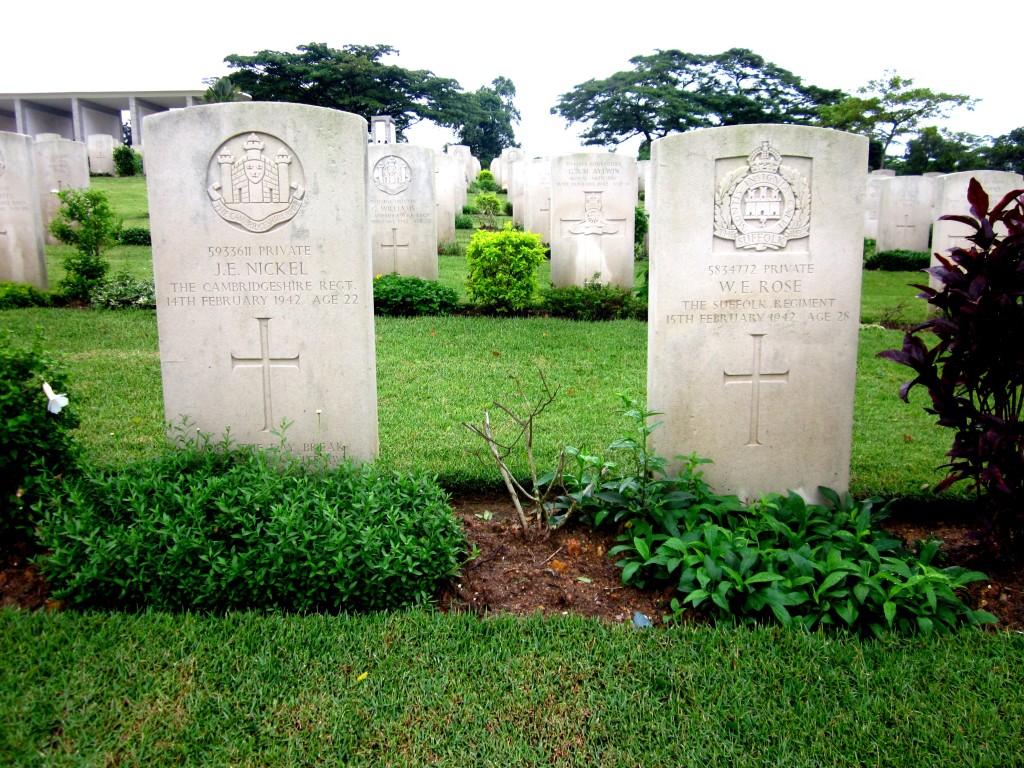
Kranji War Memorial Sunday 10 November, 2013. Cambridgeshire and Suffolk regiments (photo Mok My Yng)
From Jon Cooper. historian and war archeologist on the Adam Park Project, who also conducts the Battlefield Tour at Cemetery Hill once at month at Bukit Brown:
‘The fate of the missing Suffolks on Bukit Brown is just part of the rich WW2 heritage that can be found on the hills. There were many other units fighting in the area, constantly passing over the cemetery during the ebb and flow of warfare. It is most likely that there are more missing men to be found amongst the headstones.
There will also undoubtedly be spent ammunition and equipment to be found across the site, the remnants of fieldworks and bomb craters and the general detritus of war. Each item will be the part of a big jigsaw of artifacts and by plotting the locations in the landscape it will be possible to gather invaluable information about fighting that took place there.
The impending work on the hills will peel back the top layers and will undoubtedly expose these traces of the past.Hopefully the construction teams, with proper instruction will identify these clues and call in the experts to catalog and retrieve the material before the concrete is poured over it. There is a chance; just one chance to collect this invaluable evidence.
But most of all there is the possibility that we may come across the remains of our missing men. A chance to identify them and lay them to peaceful rest amongst their own. The fact that we go to great lengths to retrieve these men says as much perhaps about the attitude of Singaporeans today as it does about their generation of sacrifice.’
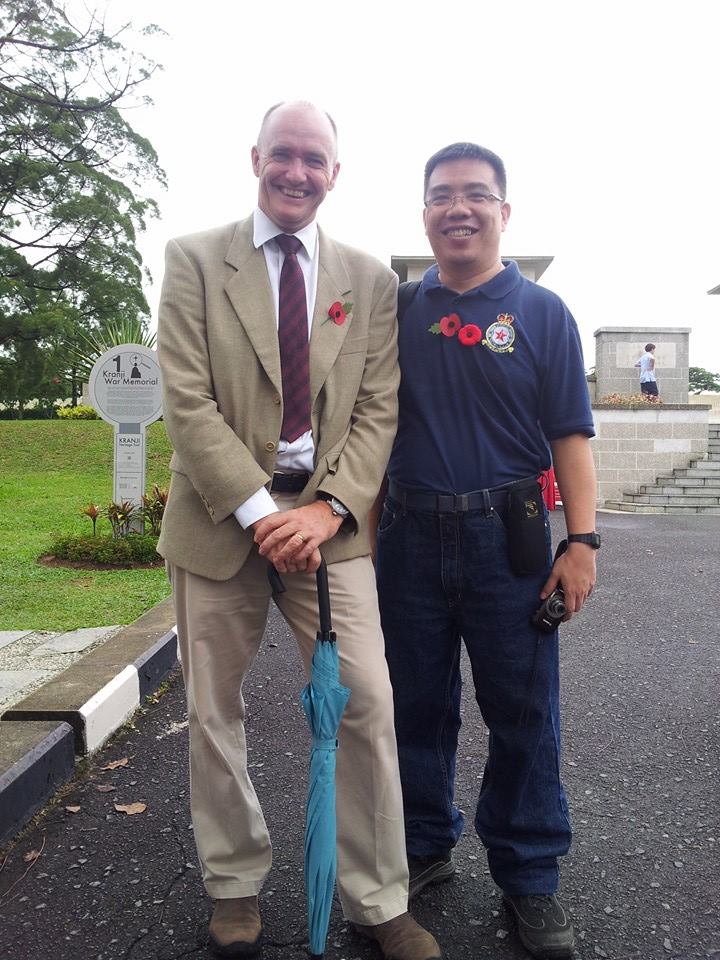
Jon Cooper and Mok Ly Yng who are working together to identify locations of the fallen Suffolk soldiers (photo Khoo Ee Hoon)

Mok Ly Yng at the memorial wall looking for the names of the fallen in the Battle on Cemetery Hill ( photo Khoo Ee Hoon)

The Suffolk Regiment casualties list on the Singapore Memorial at the Kranji War Memorial, columns 53 & 54. (photo Mok Ly Yng)
Mok Ly Yng is part of the documentation team tasked by the government to record and document graves affected by the impending highway
The Kranji War Memorial is dedicated to the men and women from United Kingdom, Australia, Canada, Sri Lanka, India, Malaya, the Netherlands and New Zealand who died defending Singapore and Malaya against the invading Japanese forces during World War II, it comprises the War Graves, the Memorial Walls, the State Cemetery, and the Military Graves.

Kranji War Memorial, Sunday 10 November 2013. A member of the Royal Air Force, which is Jon Cooper’s unit (photo Mok Ly Yng)
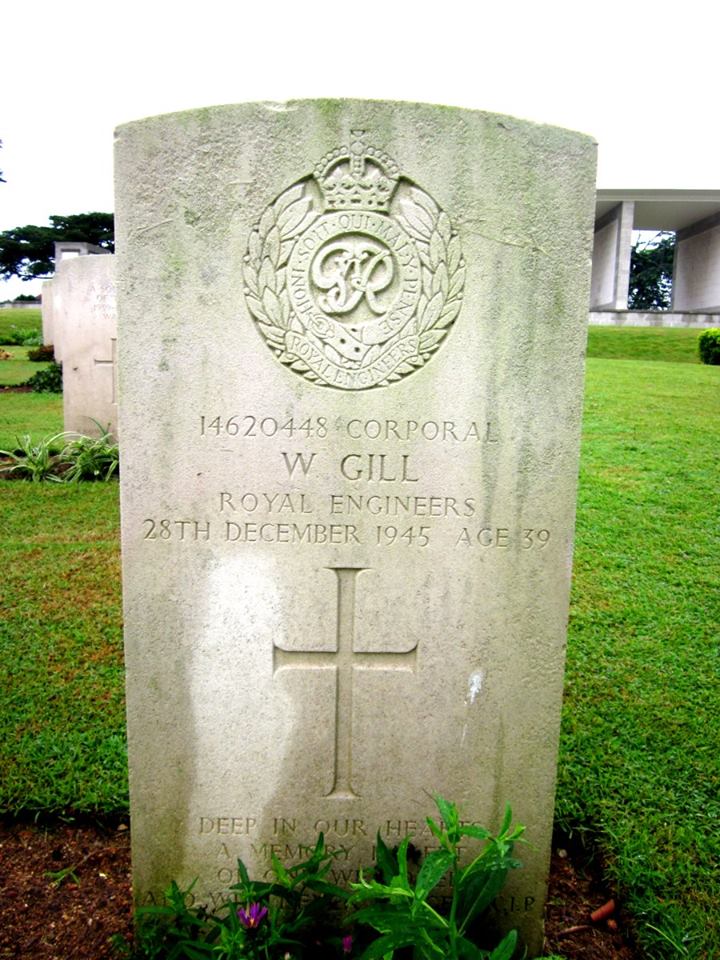
Kranji War Memorial, Sunday 10, November 2013. A member of the Royal Engineers, the unit responsible for mapping and map production (photo Mok Ly Yng)
Ubique Quo Fas Et Gloria Ducunt
Everywhere – Where Right and Glory Lead
Tripadvisor Travellers’ Choice® 2013 Winner “Ranked #16 of 665 attractions in Singapore. “
6 November, 2013.
Latest Reviews
“Get there before its too late…This is a very special place – peaceful, beautiful, historic, and a natural wildlife haven”
Visit Bukit Brown cemetery while you still can – before the bulldozers move in to create yet another expressway. This is a very special place – peaceful, beautiful, historic, and a natural wildlife haven. Intricately carved statues guard many of the old gravestones, which are often adorned with gorgeous antique tiles painted with flowers and peacocks. There are several pathways to explore and so the cemetery also makes a lovely place just to visit for a ‘country’ walk. Kingfishers, monitor lizards, monkeys and nightjars are common sights, and some of the huge banyan trees are staggering. In recent months the ‘Friends of Bukit Brown’ have painstakingly signed and cleared pathways to the gravestones of many notable names from Singapore’s history, making this an even more interesting place to visit.
Visited October 2013
HilarySingapore
Singapore is a concrete jungle and if there is a garden, it is man-made, like Gardens by the Bay…..(except for) a historical site called Bukit Brown.
Today, I had the privilege of touring a historical site called Bukit Brown. Bukit Brown is a cemetery, where many of Singapore’s pioneer are buried and may soon be “awakened” from their peaceful slumber to make way for 8 lanes highway.
I toured with volunteers of Bukit Brown, and learn about the tombs of Tan Kheam Hock and his family. History is being collected as I write this review. The tour is made even more interesting with the descendants of Tan Kheam Hock in our midst. A definitely worthy visit for any tourist to Singapore, to see a side of Singapore which money cannot buy.
As Bukit Brown tour is manned by volunteers with a passion to preserve the heritage and culture of this little city state, one will need to visit Bukit Brown FB page to make enquiries of any tours.
Visited October 2013
IreneLim63
It was like stepping back into another place and time. You can see rays of sunshine illuminating the misty verdant hills, rich smell of the forest and hear sounds of delightful birds. It was somewhat surreal in heavily urbanised city but the oasis of tranquility calms the soul and the mind is clarified. What a wonderful place to go for a walk!
I joined a friend to witness the Cheng Beng festivity and was overwhelmed by the throngs of people with their prayer paraphernalia and the heavy traffic winds patiently through the hills. It was BUSY!
Then some 3 months later, I took a trip with the Brownies who gave free guided walks through Bukit Brown practically every weekends! It was like stepping back into another place and time. You can see rays of sunshine illuminating the misty verdant hills, rich smell of the forest and hear sounds of delightful birds. It was somewhat surreal in heavily urbanised city but the oasis of tranquility calms the soul and the mind is clarified. What a wonderful place to go for a walk!
Yes, we have the crowded Botanic Gardens, the monotonous MacRitchie & Pierce reservoirs, the hot Sungei Buloh Reserve and Chek Jawa Park is a little too far to reach but Bt Brown is way too cool! If you dare venture off the main track, you will encounter unusual structure, designs, engravings, statutes, reflecting the various cultures, beliefs & eras. You might encounter a monitor lizard, horse riders and almost always expats walking their dogs. Join the Sats & Suns groups of 10-20 people on the guided walks like the one I’ve taken, listening to the passionate guides who are bursting to share with you the stories of the hills.
Visited September 2013
Ally A
“The most beautiful place on earth”
Jo Prudence, descendant of George Henry Brown, after whom the cemetery is named.
A spectacular time-lapse aerial video of Bukit Brown
More beauty shots of Bukit Brown here
This is a blog post that will be updated as the destruction continues……
Thursday 28 November ( Pre Exhumation Rituals) : The Roundabout has become a road
A reminder of what it once was, almost exactly a year back in December 2012 :
Friday 22 November
Wednesday 13 November , roundabout paved
Saturday, 9 November. Morning 9am, no works within the grounds.
Guided walks proceeded from the ‘ole rain tree. Respite!
Thursday, 7th November. The road works in progress
Paving the roundabout, and putting up hoardings along Adam Road.
Photos on Flicker on 7th November, 6pm here
Wednesday 6th November, other areas barricaded by concrete blocks
Wednesday 6th November, 2013 clearing continues at the roundabout
Tuesday 5th November, 2013. The roundabout is destroyed.
Friday, 11 October, 2013. The roundabout is barricaded and sealed
Before Oct 11, 2013. The Roundabout
The Victorian Learning Journey at Bukit Brown
We did all we could in the name of education. As educators, our team believe we do have an obligation to do justice to our subject – History. Since Bukit Brown is a living classroom, it is thus a fecund ground for teaching and learning of History and across other subjects such as nature. We can’t let this opportunity slip away; rather late, but better than never.
We are truly proud of our student guides. They did an excellent job. They were so passionate and they fretted when the rain wouldn’t stop at 2 pm yesterday. The IP Year 2 guides, who are the younger ones (age 14), took the initiative to even share on the bus with their classmates while the rain was pelting on the roof and windows of the bus. When the rain stopped, they were so happy and eager to lead their peers out to meet Ong Sam Leong and all. Good kids. At the end of it all, I thanked them and encouraged them to volunteer as guides if their time permits. They seemed keen.
Caricatures of Fabian and Steven after a “training session” sketched by one of the boys.
31 October 2013
Bukit Brown is home to some 90 species of resident and migrant birds. These photos by Goh Yew Lin, capture some of the birds feeding in the early morning. The “wild fruits” are the ripe figs of Ficus benjamina (Waringin, Weeping Fig). This strangling Ficus species is one of keystone tree species in Bukit Brown. Whenever these trees are figging, the birds go gaga over the fruit feast.
The Pigeons
The Kingfisher
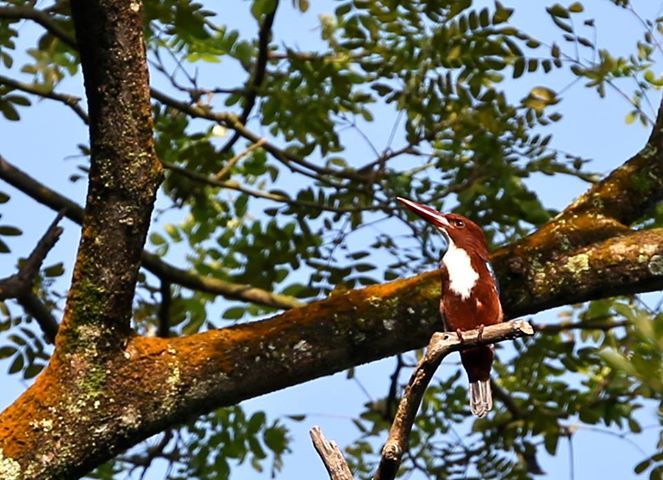
“This kingfisher was not perturbed by my presence, striking poses for a good five minutes” Goh Yew Lin
The Oriole
The Starling
Morning Vistas
31 October 2013
At Bukit Brown, it is not uncommon to find ceramic photos of the deceased on their tombstones. They have withstood the test of time and weathered the elements of sun and rain. This one was spotted in pristine condition during the guided walk on tiles and tomb carvings on Sunday 27 October.
Mrs Tay Koh Bok (Madam Wee Geok Kiew )
The technology for ceramic photos date back to 1854, originating from France. How are they made?
“A porcelain (or ceramic) portrait is produced by firing an image onto a porcelain plaque at very high temperatures in a kiln for several hours, creating a permanent bond. The result is a vivid portrait that resists fading and the elements for 100 years or more.” source
“….transferring photo images to ceramic was a multi-step, laborious, time-consuming & potentially hazardous process, involving photographic glass plates & several types of light-sensitive emulsion salts (some of which are highly toxic). The emulsified ceramic piece (ie. now affixed with the photo) was then repeatedly fired at high temperature for many hours to obtain an impervious vitrified surface, which was then coated with a protective sealant.” source
From the mid 1930s onwards, the technology for ceramic photos became available in Singapore Before that, ceramic photos were mostly made in China, Holland, Germany & America. So the photo of Tay (1929) could conceivably have been ordered from China.
Nah Guan Seng of Scientific Photo Studio appeared to be the 1st person to offer photo ceramic services here. His photo studio was located at Bras Brasah Road, while the photo lab was at Paya Lebar.
New Singapore Industry: Ceramic Portraits (ST – 15 Sep 1935):
http://newspapers.nl.sg/Digitised/Article.aspx…
EXCERPT: “The advantages of ceramic portraiture over ordinary photography are many. It never fades, whether exposed to sun or rain, and for use [on] a grave, it has no rival.Kiangsi porcelain is said to be the best in the world for this purpose and is largely used. The work of burning, the most difficult part of the job, is done at the Studio’s laboratory at Paya Lebar. Expert knowledge of the art and great care are necessary in regulating the heat. ”
More on ceramic photos here
The most spectacular portraits of the deceased are the A4 size photos on the Tok tombs, although it is unclear whether the ceramic photo technology was used. The photo of Onn Cheng Tuan shows her in traditional nonya wear and accompanying jewelry which also speaks to the material culture of those times.
Editors note: Research by Pat Sg of Heritage Singapore Bukit Brown Cemetery
Dateline 22 October 2013
Spotted at Bukit Brown by Raymond Goh while bush bashing, a grave with 4 statues, each carrying a child.
- The tomb with the 4 statues belong to a Mdm Fong (photo Raymond Goh)
Pat SG from the facebook group Heritage Singapore Bukit Brown cemetery has identified them as Baby Buddha in Old Monk’s Arms, symbolising:
Infinity ∞ : Beginning ⇔ End ]
1) BIRTH/ EXISTENCE
Baby Buddha statue (Japan):
http://www.travelwithval.com/…/2012/01/Baby-Buddha.jpg
2) CONSCIOUSNESS
Baby has the sign of the snake (Naga) on his scalp. (Baby appears to be dozing, but how do you know he isn’t meditating & contemplating ?)
Note that the mediating adult Buddha is typically depicted as being surrounded by snakes, or with the Naga sheltering & protecting him from the elements.
* Buddha Statue (Mahabodhi Temple, Bodh Gaya):
http://cdn2.biharprabha.com/…/uploads/2011/07/muchlind.jpg
3) CRADLE OF BEGINNING OF CYCLE
Old (& hopefully wiser) monk is the custodian of enlightenment & wisdom-in-waiting. This is akin to how the new moon is cradled in the old moon’s arms during the the start of every lunar cycle (a process that repeats itself continuously).
* New moon in old moon’s arms: http://astrobob.areavoices.com/…
4) CYCLE OF EXISTENCES
http://en.wikipedia.org/…
* Saṃsāra = cyclic existence, “continual repetitive cycle of birth and death [arising] from ordinary beings’ grasping and fixating on a self and [on] experiences”
5) CYCLE OF BUDDHAS
http://www.dhammawiki.com/index.php?title=28_Buddhas
“The Buddha was not the first Buddha, nor the last.”
http://en.wikipedia.org/…
“The 28 Buddhas described in the Buddhavamsa are not the only Buddhas believed to have existed. Indeed, Gautama Buddha taught that innumerable Buddhas have lived in past kalpas.”
)
Dateline 19 October 2013
The Story of the Rickshaw Pullers Strike and a Man called Low Nong Nong
(compiled with research by Raymond Goh and a Pat Sg, a member of the Facebook Group -Heritage Singapore Bukit Brown Cemetery)
Today, Raymond Goh located the tomb of rickshaw puller Low Nong Nong who died during a confrontation between striking rickshaw pullers and the police. In the clash which occurred on 17th October 1938, Nong Nong lost his life, and there were no witnesses to his death.
The rickshaw pullers were striking for lower rents of their rickshaws from the owners.
“EXCERPT: {{{ Low Nong Nong was found dying from a fractured skull, face down on the side of the street emptied of his comrades. His death sent reverberations through the rickshaw districts, making pullers more determined than ever to force the owners to come to an agreement on their terms.”
“His funeral the same day was an unnerving, demonstrable display of strength and solidarity. Three thousand men solemnly followed the lorry bearing his coffin to BUKIT BROWN CEMETERY to a pauper’s grave, and, as the police anxiously stood by and watched, one of the longest funeral processions in Singapore’s recent history, stretching from Wajang Satu to Newton Circus, passed.” (Source: Rickshaw Coolie: A People’s History of Singapore, 1880-1940)
The community of rickshaw pullers saw Low Nong Nong as a martyr to their cause. On his tomb his epithet reads:
He died for the public, his death is as heavy as Taishan, tomb erected by his fellow rickshaw pullers
“Taishan” in this case is 泰山, Mt Tai, one of the sacred mountains of China. (from Jason Kuo)
Background to the rickshaw pullers strike : The Lot of the Coolie
Many rickshaw pullers had been on prolonged strike during that period (04 Oct – 15 Nov 1938), & thus had no earnings. Low Nong Nong himself died on 17 Oct 1938 — penniless & w/o any kin in Singapore.
The community of rickshaw pullers had been periodically unemployed from 1928 onwards & throughout the post-Depression 1930s. During this period, the colonial govt had been reducing the no. of rickshaw licenses so as to encourage the use of the motorcar.
In response, profit-seeking rickshaw fleet owners (the “siong thau”) took the opportunity to hike up the rental fees. Fleet owners also made rickshaw pullers contribute part of their earnings to the mandatory “China Relief Fund”, which purportedly assisted countrymen who were suffering “deep water and scorching fire” back in China.
Low Nong Nong was probably described as a martyr by his rickshaw brethren, because:-
Despite being hungry & desperately in need of money, he dutifully observed the rickshaw strike, as previously agreed upon amongst the pullers at the 小坡 (xiǎo pō, “Small Town”) area of town.
He lost his life while participating in a rescue group that had attempted to free a Hockchew rickshaw puller, who was arrested by the police during an earlier confrontation at around 11am on 17 Oct 1938.
Background on the incident : The Betrayal
The morning altercation had occurred because Low Ah Law, a Henghua puller, had unilaterally disregarded the rickshaw strike, & blatantly plied his rickshaw on the streets of 小坡 (“Small Town”) — ie. the side of Sg River where most of the rickshaw pullers were supportive of the ongoing rickshaw strike.
Subsequently, the Henghua puller was confronted & restrained by a “Hockchew crowd” of fellow rickshaw pullers at Victoria Street. The police intervened & one of the Hockchew pullers was consequently arrested.
The “rescue” clash between the Hockchew rickshaw pullers & the police occurred during the afternoon of the same day at the junction of Arab & Victoria Streets. Police reinforcements were deployed & “strong-arm measures” were used to subdue the angry “rescuers”.
It was in this clash that Low Nong Nong was found lying face-down & dying from a broken skull on a street that had been cleared out by the police.
In a sense, Low Nong Nong — who was already famished & simply getting by his day — died alone on a street at 小坡 (“Small Town”), because a fellow 小坡 & Foochow prefecture rickshaw puller had betrayed his brethren by not observing the strike.
Meanwhile, the 大坡 (“Big Town”) rickshaw pullers (including the majority Hokkiens) — who had refused to support the strike — merely looked the other way.
* Account of Low Nong Nong’s death on the afternoon of 17 Oct 1938 from ‘Rickshaw Coolie: A People’s History of Singapore, 1880-1940’ (James Francis Warren): http://goo.gl/E7PEif
EXCERPT: {{{ Unemployed, hungry, and desperately in need of money, [Hockchew puller Low Nong Nong] had visited Seah Toon Tan, a Hockchew friend, that morning. He borrowed a dollar from him and left his house in Geylang at about 9 am, without ever having discussed the strike.
The trouble leading up to his death began when a crowd attempted to restrain a Hengwah, Low Ah Law, who had ventured along Arab Street with his rickshaw. At the junction of Victoria Street he was assaulted by a Hockchew crowd.
Police had barely arrived in time to rescue Low Ah Law and arrest one of the assailants. At once, a new crowd of around 400 began to take shape to rescue the captured puller.
Some were armed with fighting sticks, rickshaw shafts, bottles and bricks, and among them was Low Nong Nong. A clash ensued with the police. Shouts of “pah, mata, pah” (“strike, police, strike”) rent the air, as the crowd of pullers slowly closed in, injuring several constables with wooden clogs, poles and stones they hurled at them.
The situation was desperate with police injured and rickshaws wrecked all over the adjacent streets, until reinforcements arrived. Strong-arm measures were used to control and eventually disperse the crowd. Low Nong Nong was found dying from a fractured skull, face down on the side of the street emptied of his comrades. }}}

books.google.com.sg
Low Nong Nong can be found in blk 3, Div 7, no. 120A @ the pauper’s section (on a hillock about 200 meters from the tombkeepers shed at the foot of Ong Sam Leong family cluster)
s
At Bukit Brown, one often finds couplets on the “pillars” of the tombs. They embed auspicious meanings and also tributes to the departed.
The tomb of Chen Yen Soon has a pair which speaks of the rewards which await those who live a good life.
为善百世興 Hundred years of prosperity for kind acts.
積德千年好 A good thousand years for those who accumulate good deeds.
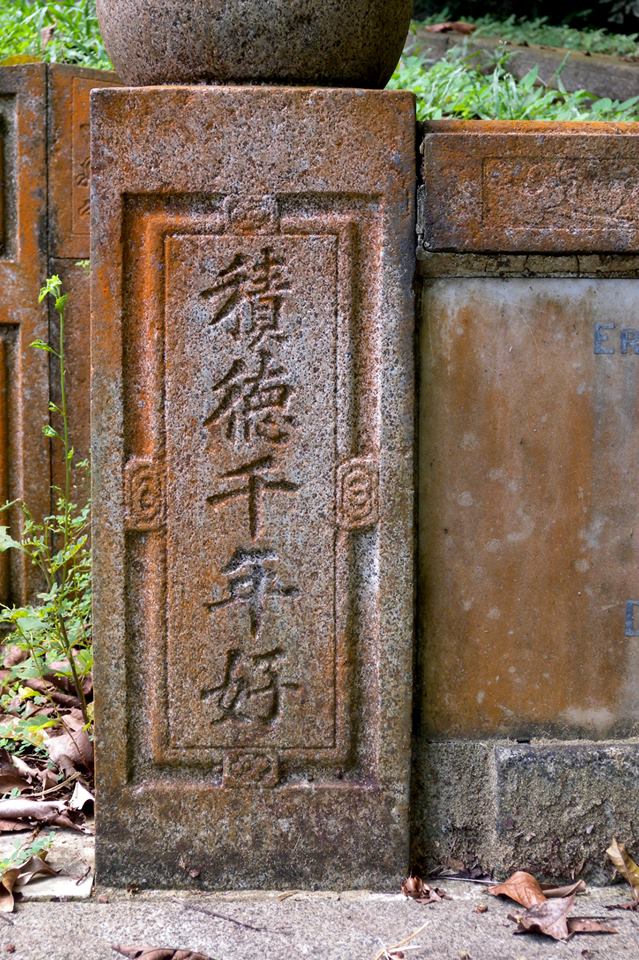
積德千年好 A good thousand years for those who accumulate good deeds. (photo Khoo Ee Hoon)
An inscription found in a temple in Silat Road on a photo of the Earth Deity or Tua Pek Kong, evokes the same sentiments.. Brownie Fabian Tee summarises:
The couplet reads fortune with virtue inspires respect from a thousand families (from many) the uprightious shall inherit the earth as deities for innumerable (ten thousand) generations. When read together, it’s an allegory to 福德正神。
More examples of couplets here
Dateline 27 September 2013
This morning descendants and members of the Poit Ip Huay Kuan marked the 130th anniversary of Teochew leader and King of Gambier, Seah Eu Chin (1805-1883). In November 2012, his grave was found by the Goh brothers, Raymond and Charles. And since then descendants have been making tracks up to Grave Hill, in Toa Payoh to pay their respects.
“Under the initiation of Teochew Poit It Huay Kuan and the endorsement of Ngee Ann Kongsi, it was a great moment in current Singapore Teochew history that many Teochew Organizations and Seah family members gathered at Seah Eu Chin’s tomb for a memorial service for his 130th death anniversary.” Zaobao 28 Sept 2013 (translated by Raymond Goh)
Today offerings were made at the grave which had been prepared for the occasion. Thank you to Brownie, Khoo Ee Hoon for documenting this commemoration of Seah Eu Chin.
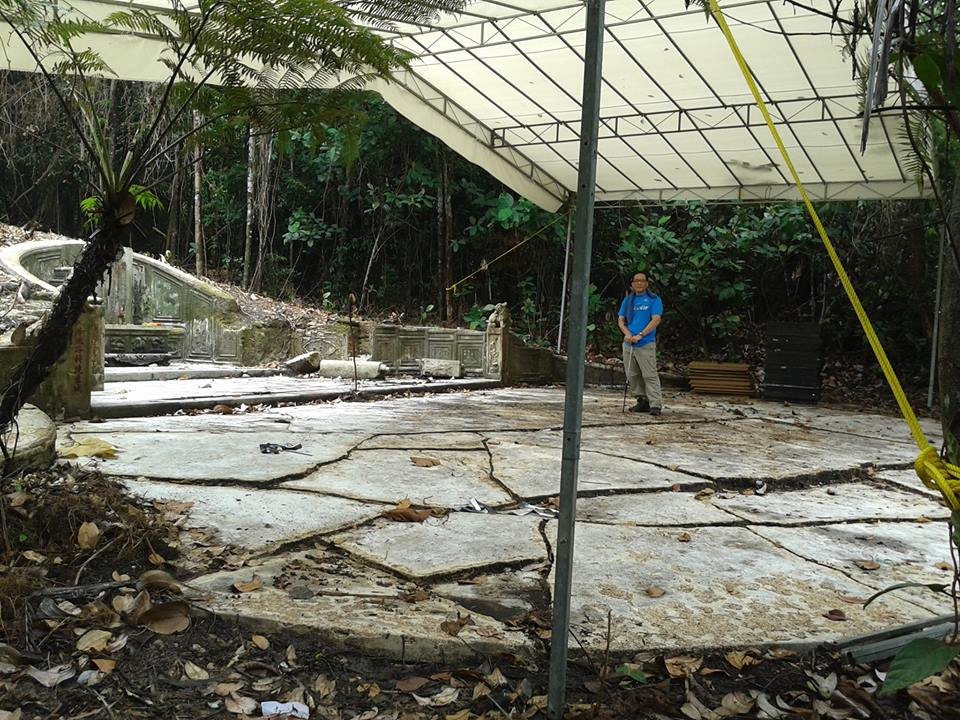
2 days before the 130th Anniversary when the Brownies visited, the marquee was already up and grave cleared (photo Catherine Lim)
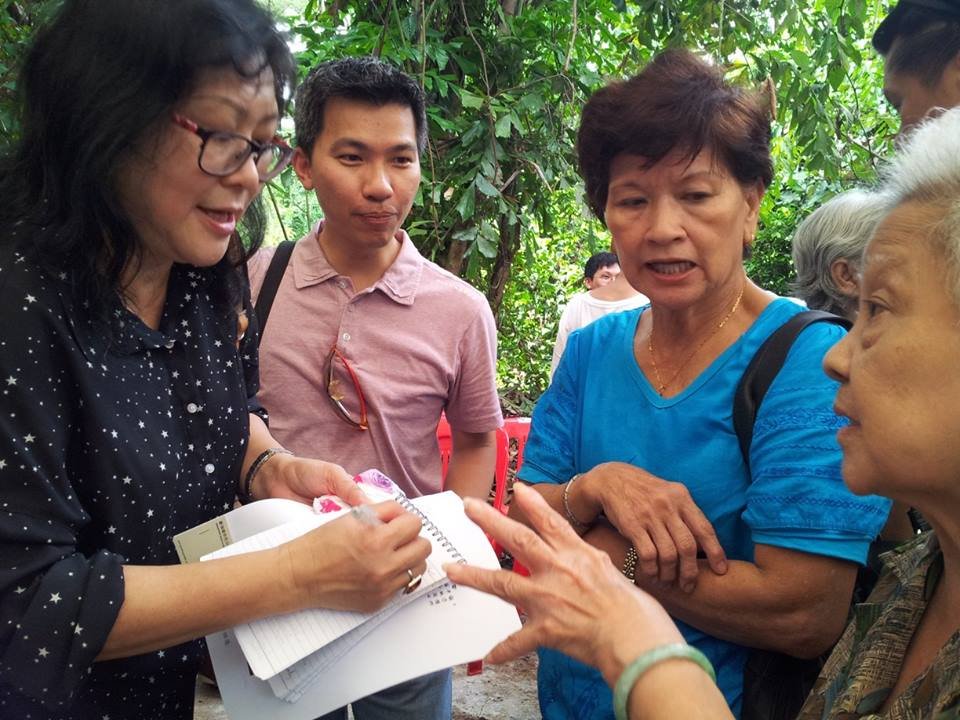
Zaobao reporter Yen Yen who covered the discovery of Seah Eu Chin’s tomb a year back was at the 130 Anniversary to interview descendants ( photo Khoo Ee Hoon)

Members of Poit Ip Huay Kuan who were responsible for the major preparations for the 130 Anniversary of Seah Eu Chin (photo Khoo Ee Hoon)
Both Raymond and Charles Goh were in attendance at the anniversary this morning.
Postscript: Raymond reporting from the event posted this photo on the facebook group page.
“”It is a remembrance ceremony on the occasion of 130th death anniversary of Seah Eu Chin’s death. An eulogy was read out during the memorial service.”
From Sugen Ramiah commenting on the layout of the offerings on the table : What you see above is a Teochew style remembrance. What is seen follows a hierarchy – 5 sets of rice, wine and tea served . Twelve buns/kuehs, odd numbers of poultry and seafood and odd numbers of fruits offerings.
There were 3 chairs placed in the front of the offerings (not seen in the photo above)
From Tay Hung Yong: The three chairs are meant for Seah Eu Chin and his two wives (correct me if I am wrong). The 5 sacrificial animal offerings are quite common among Southern Chinese. There should be at least 8 different dishes. Twelve buns represent 12 months in the calendar. For Teochews, fruit offerings are usually in 4 not 5. The joss paper they offered are usually meant for deities.
Editors note: In any ritual there are different interpretations on how they are conducted and how the different offerings are laid out.
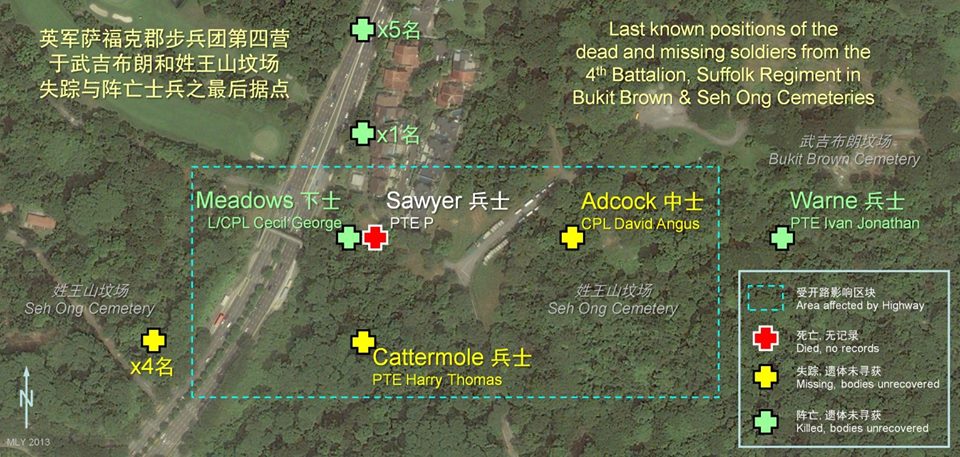
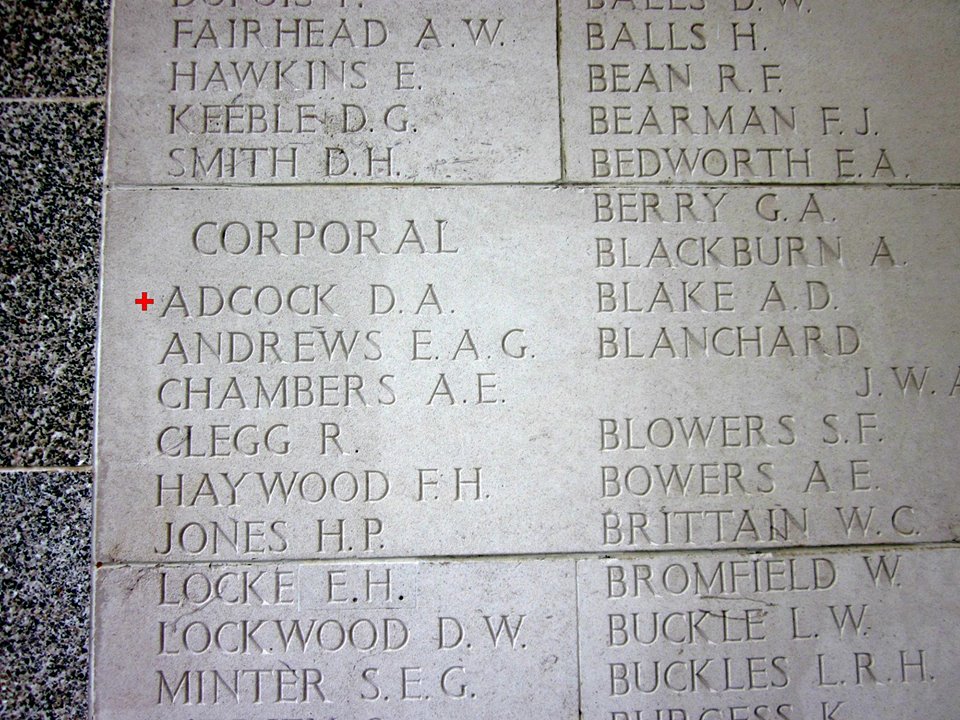
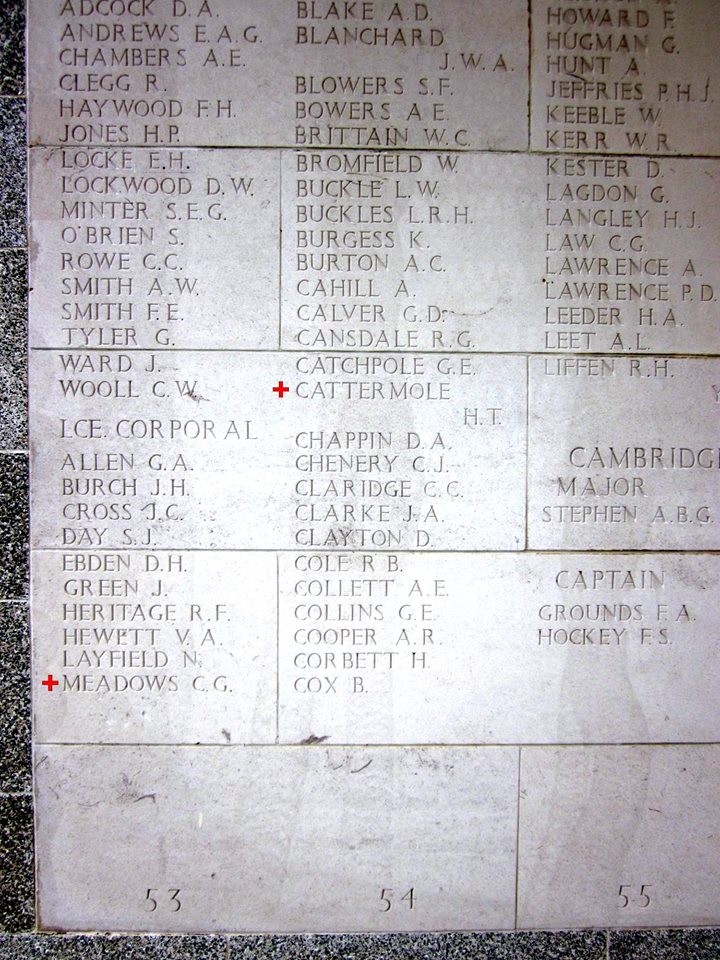
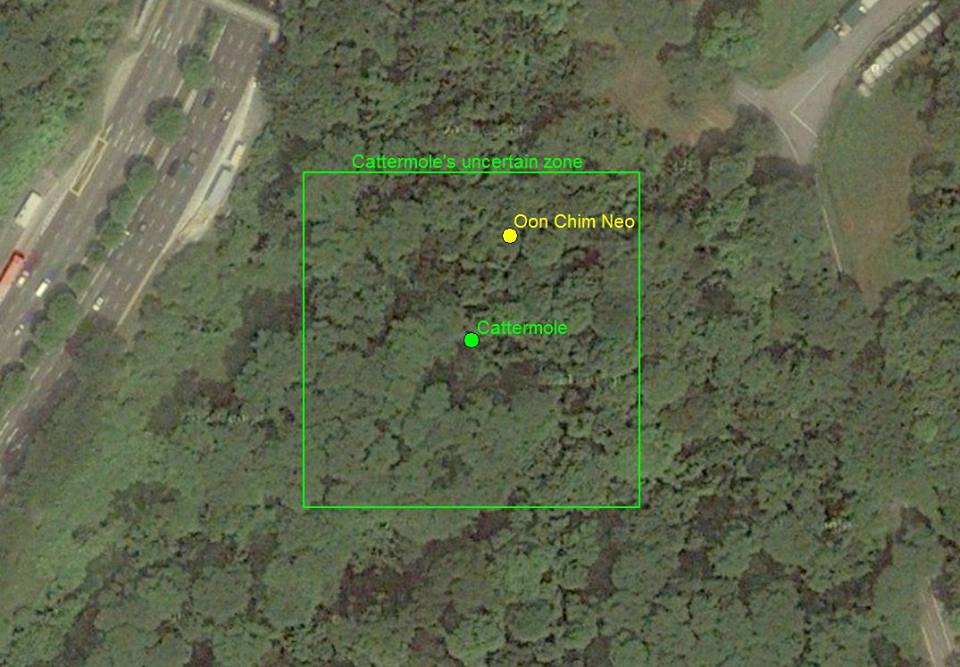
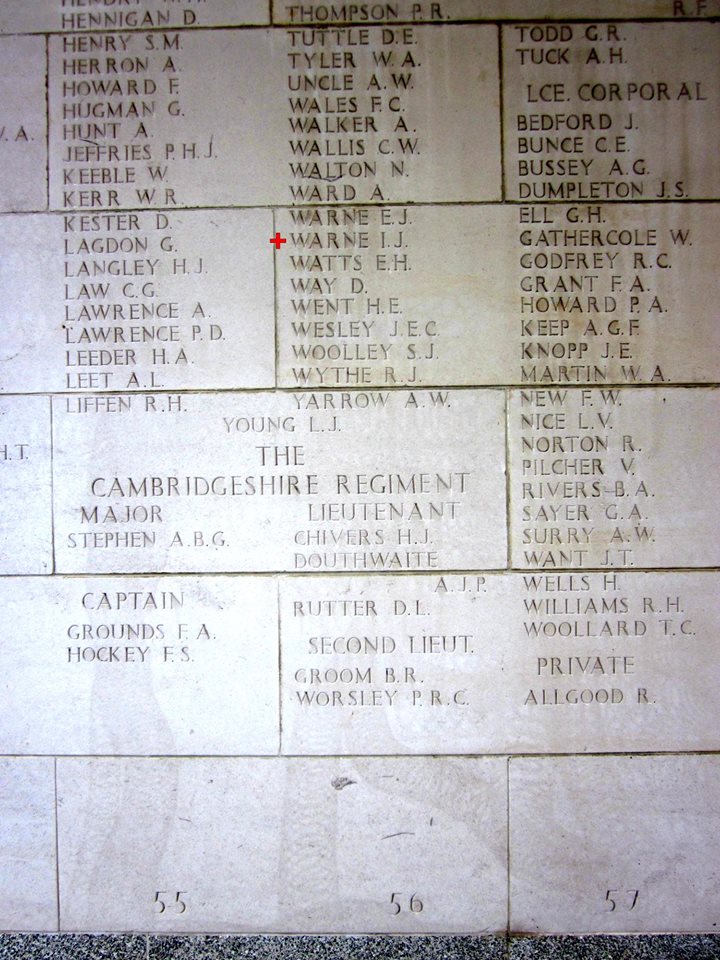
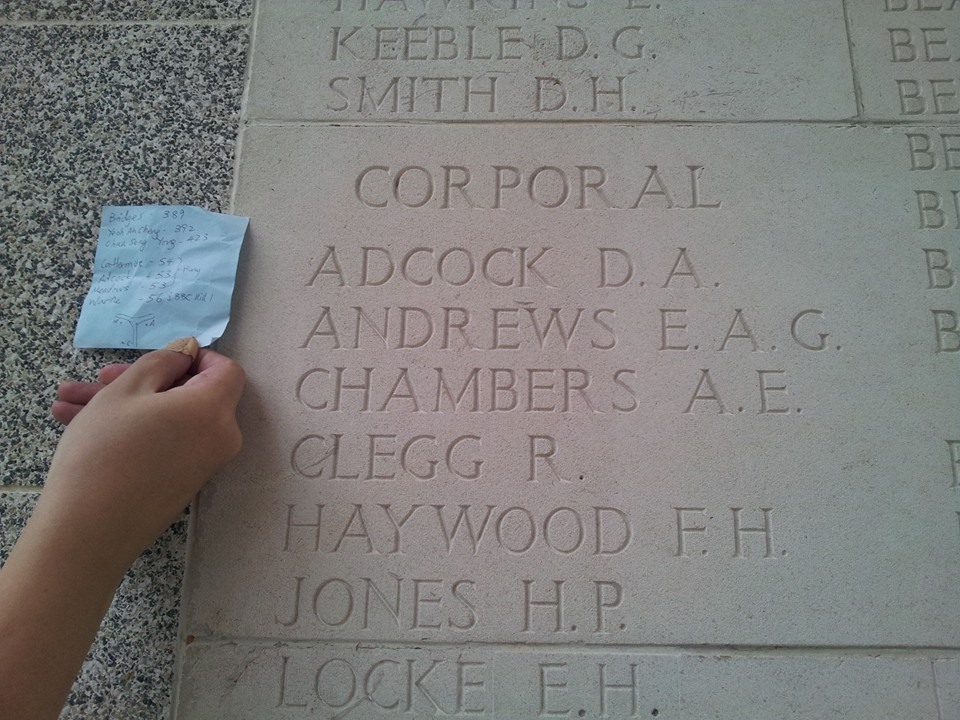

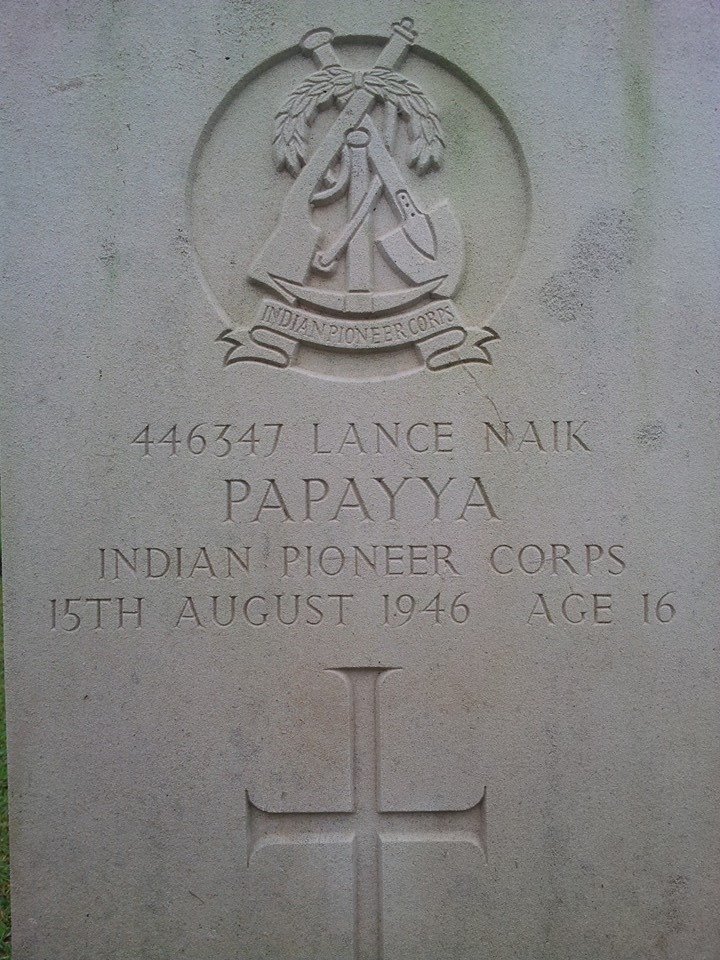
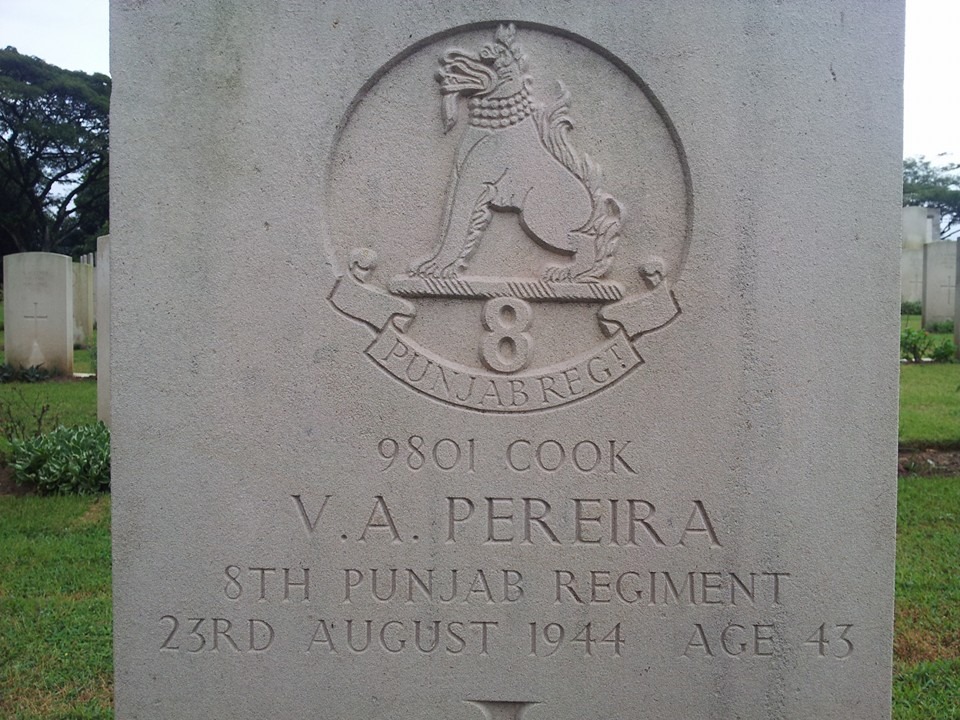
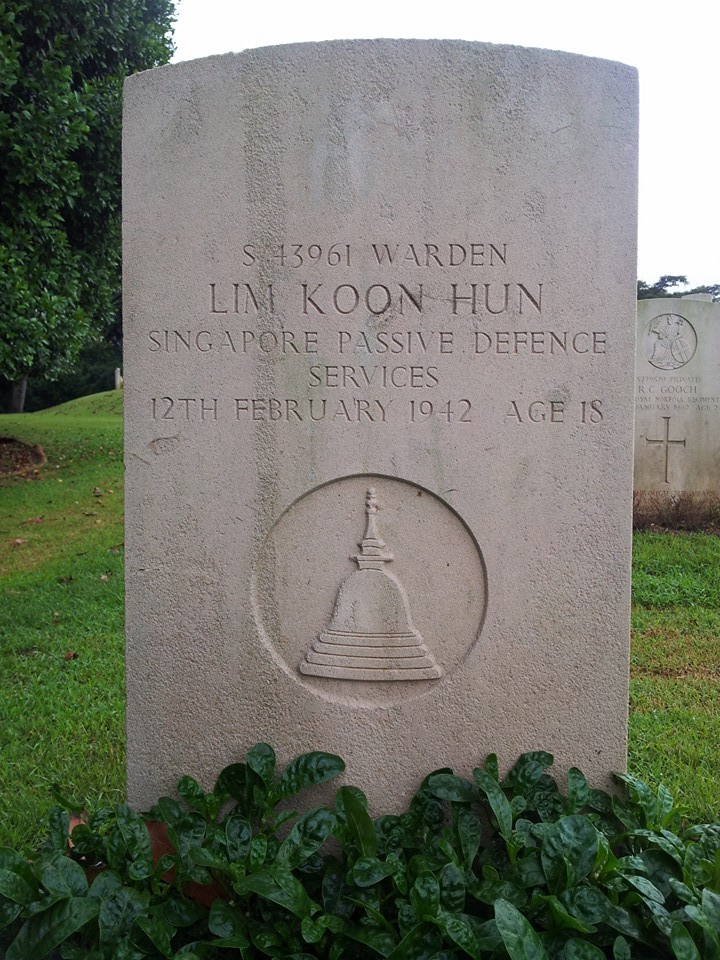



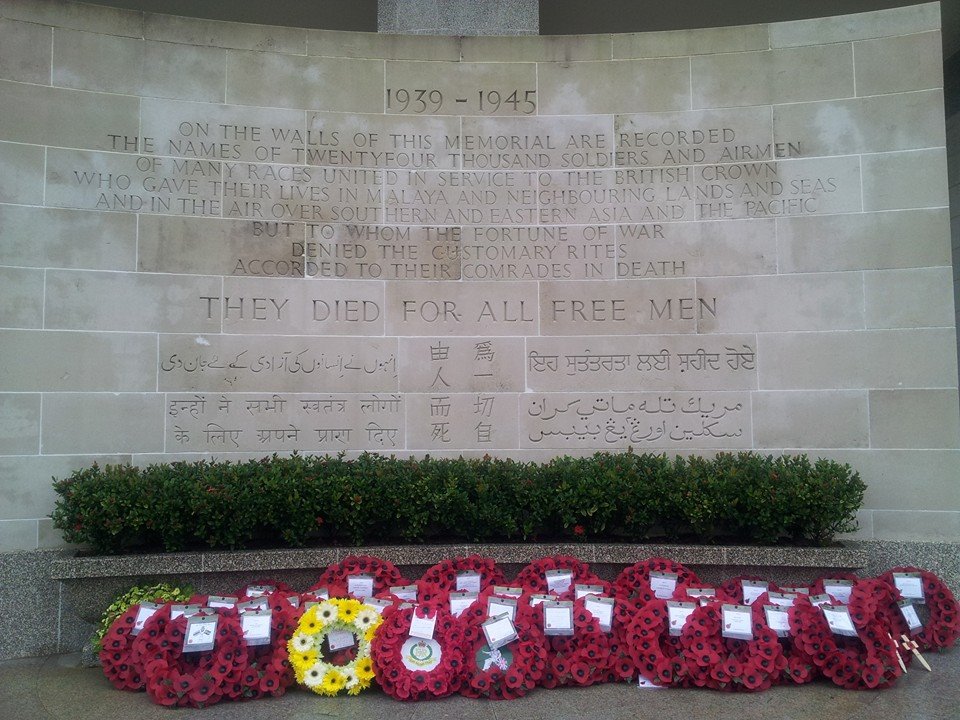
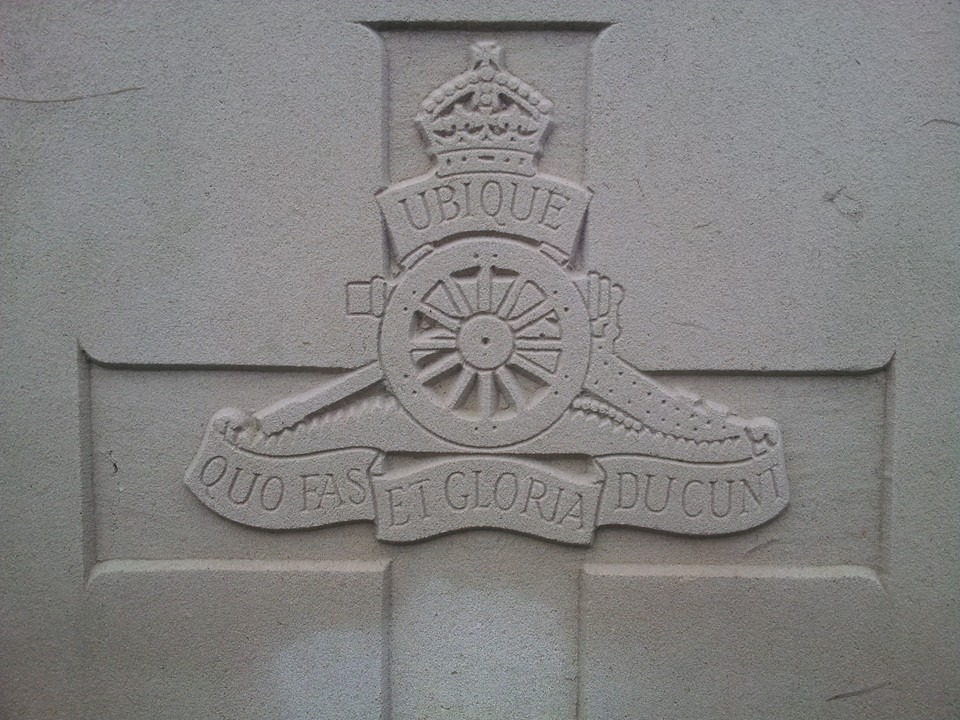



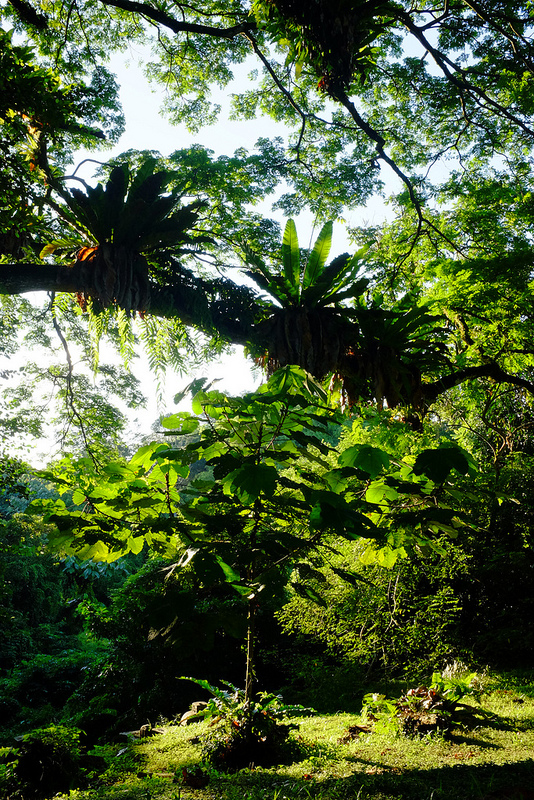
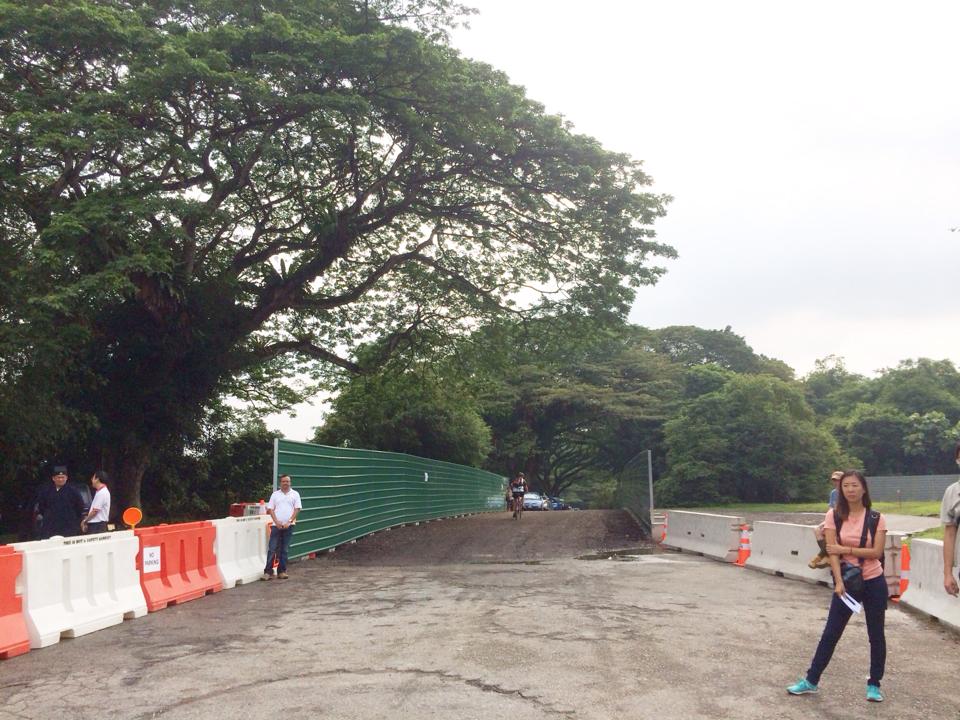

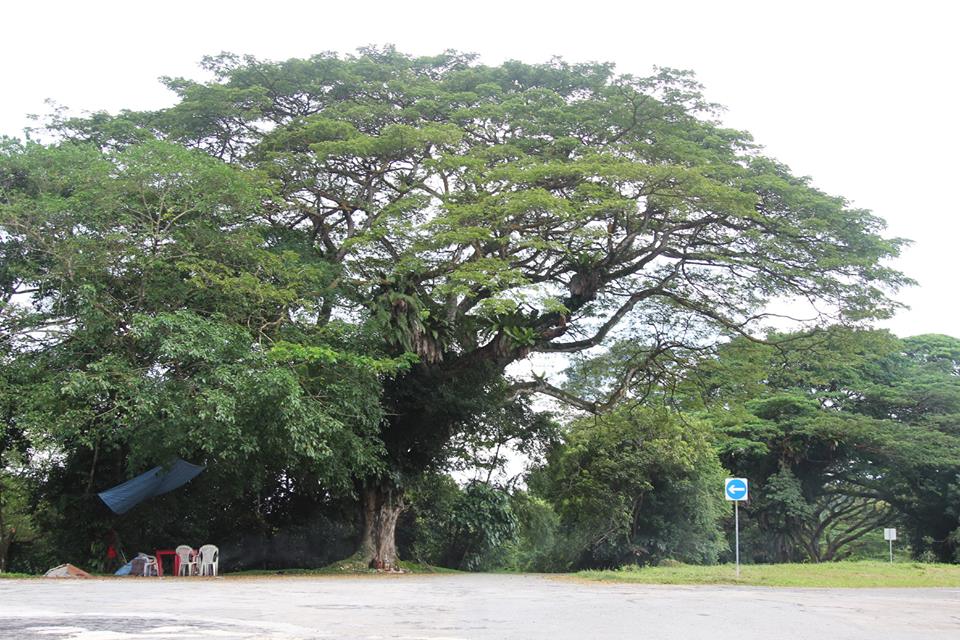

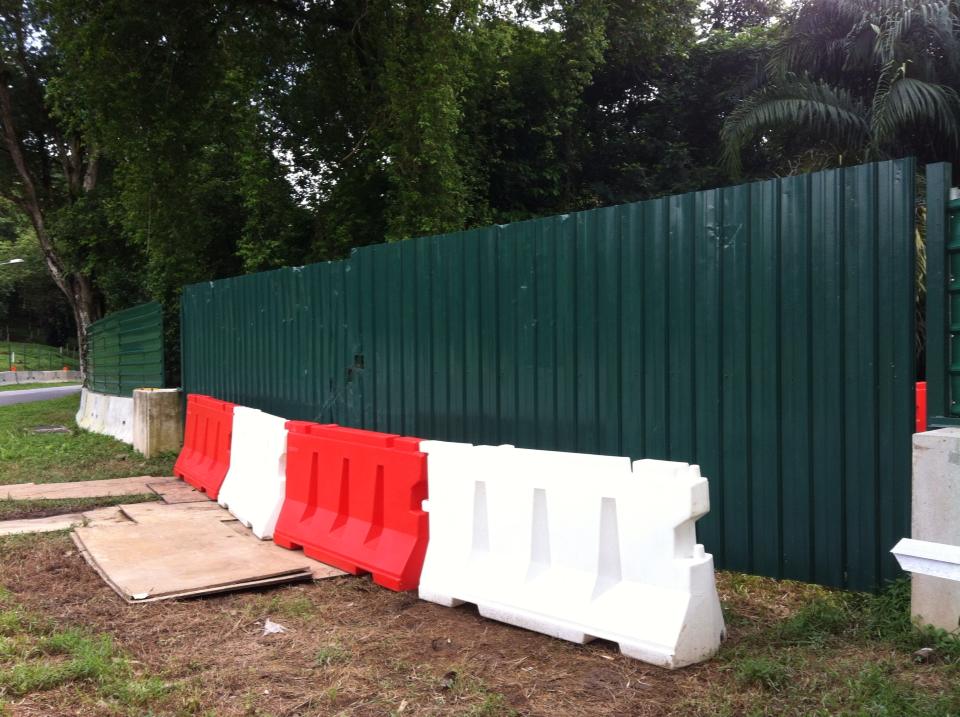
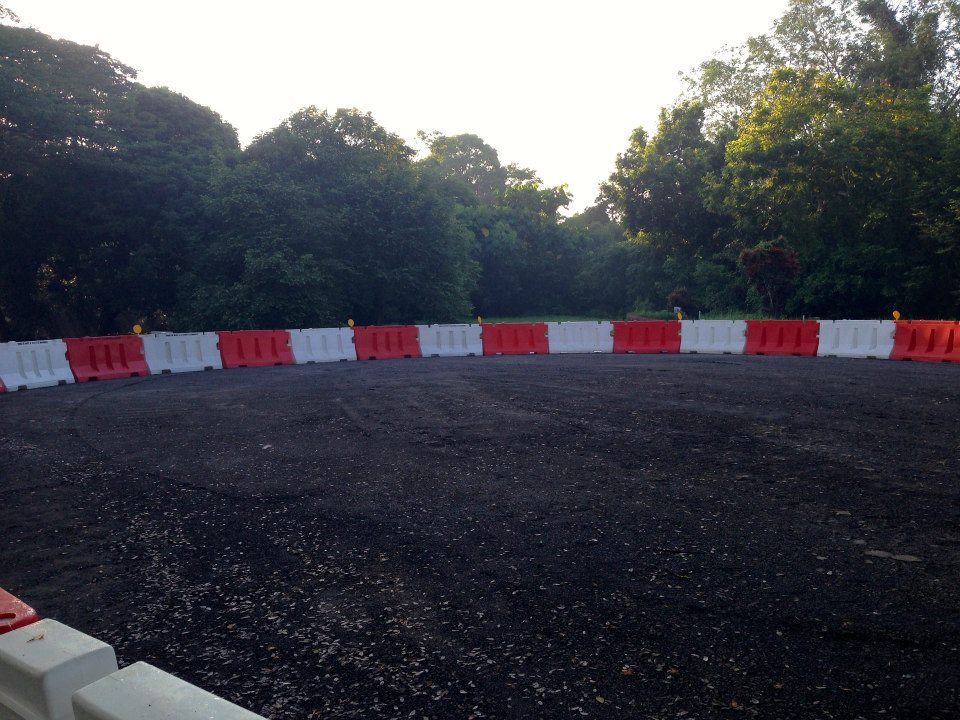
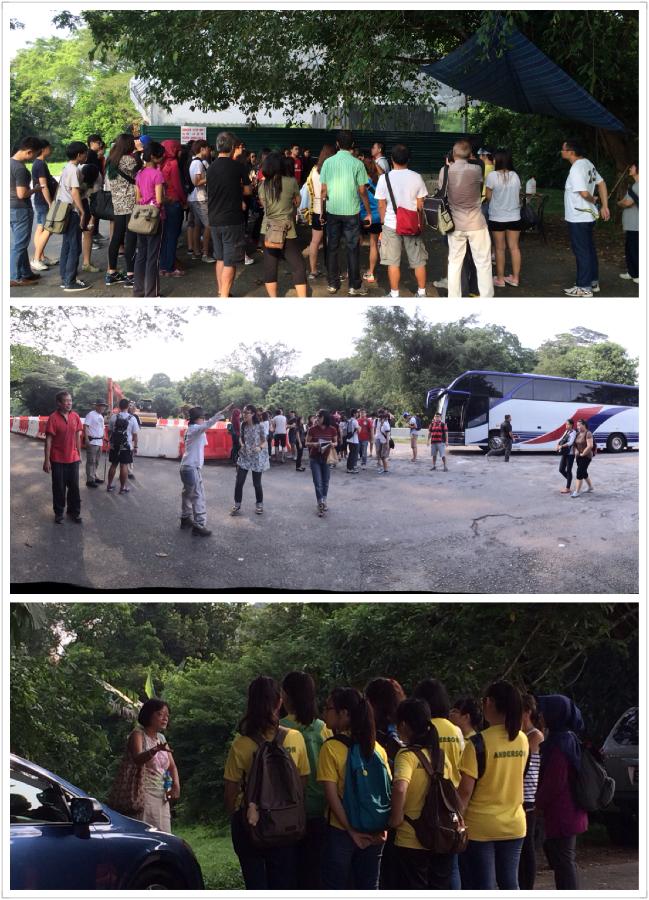
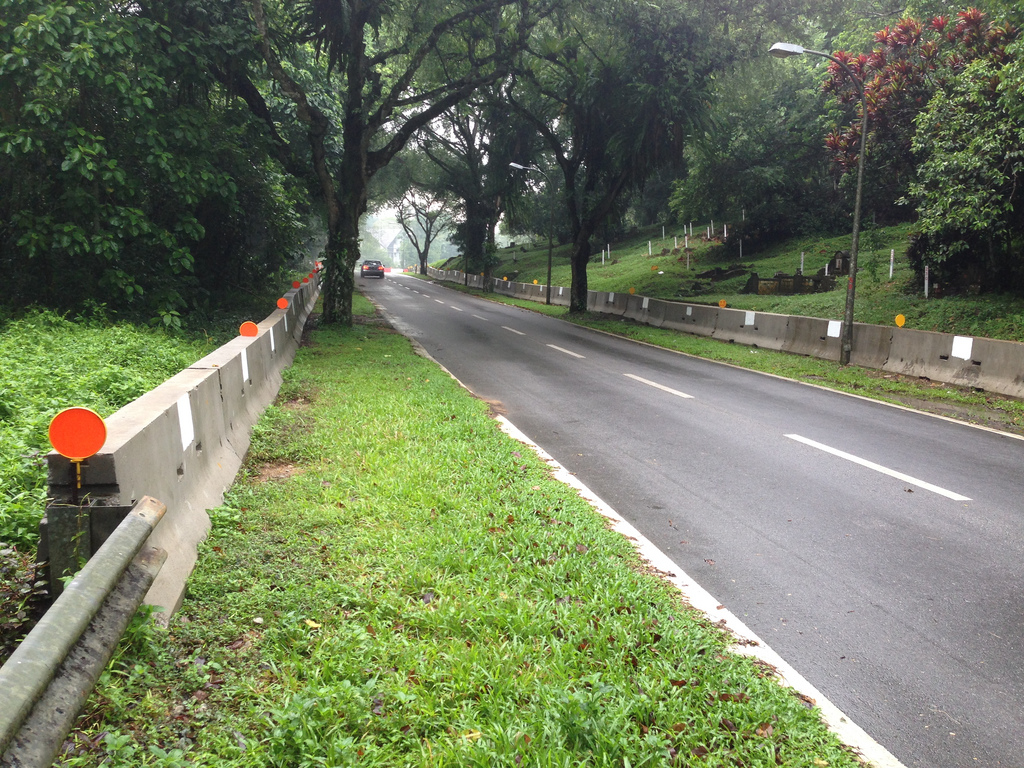
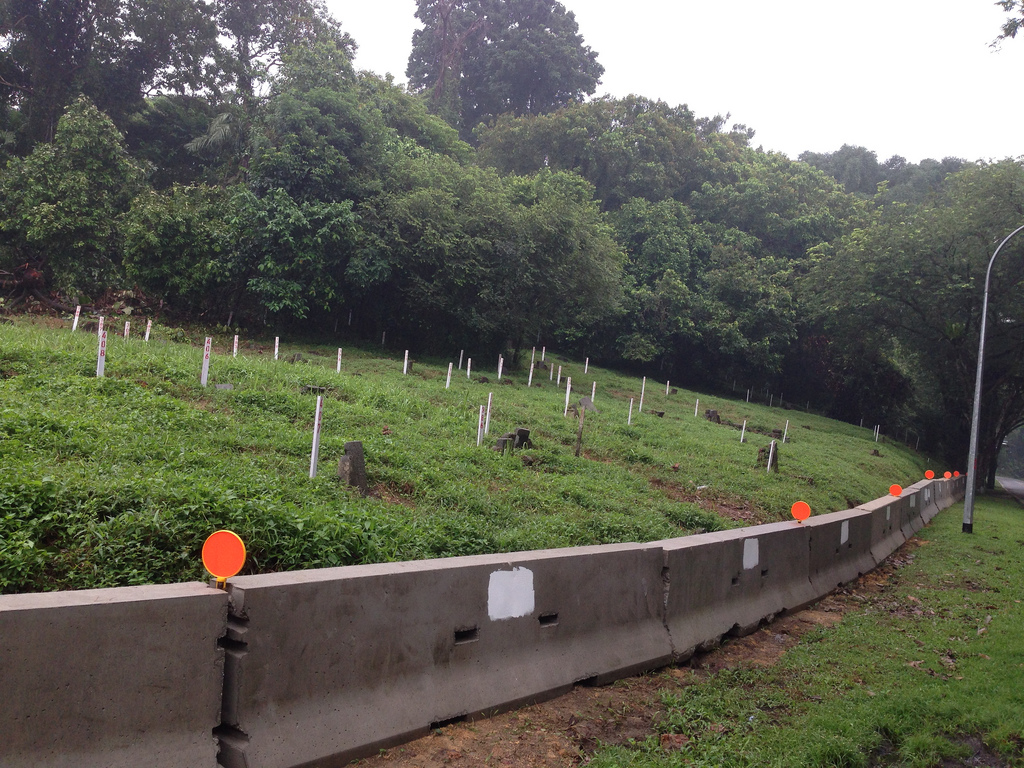
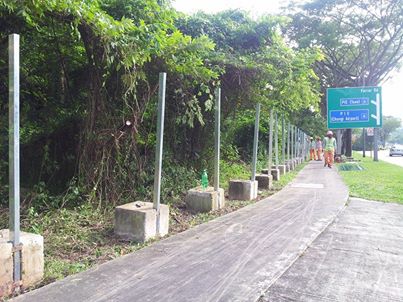


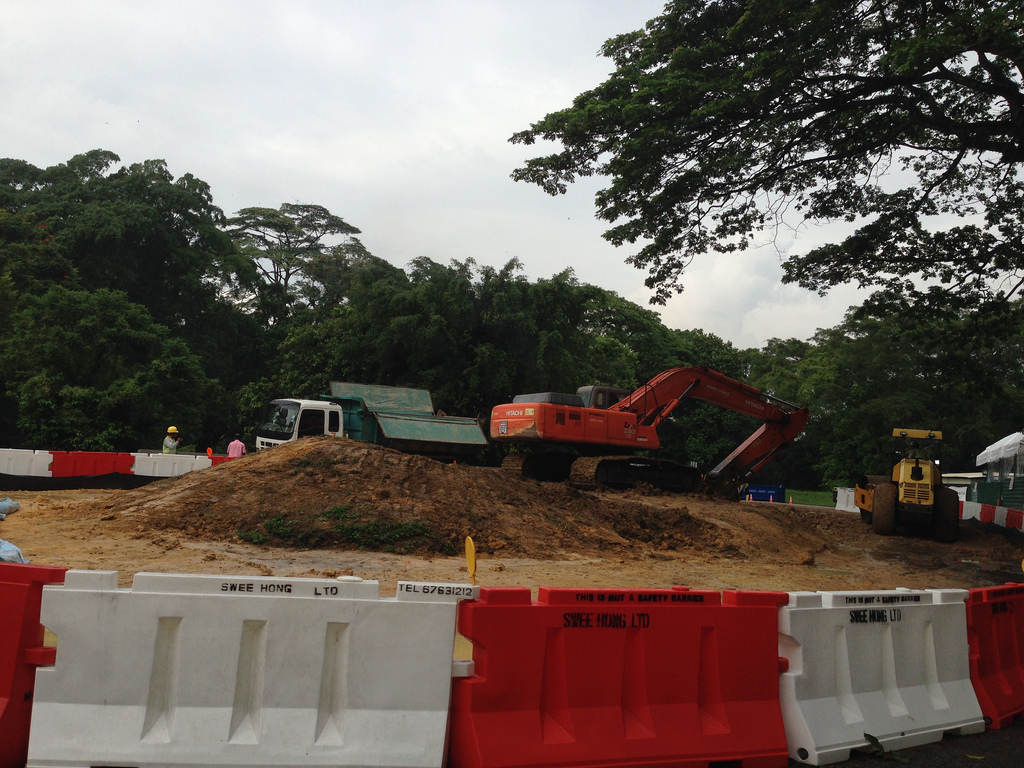
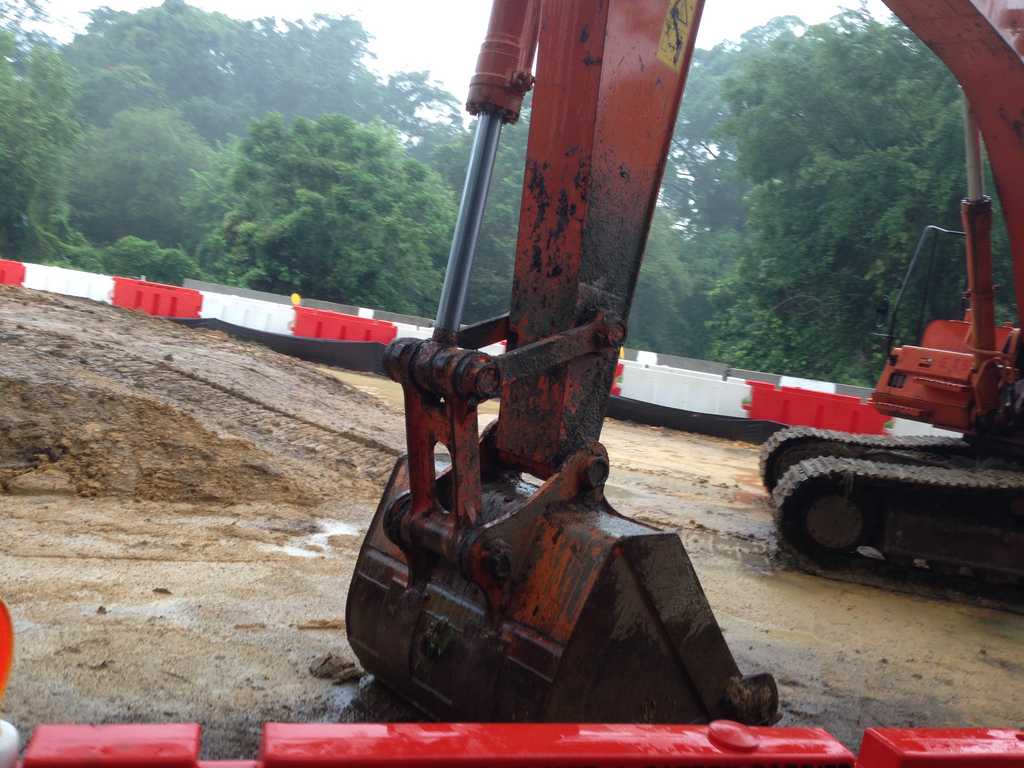
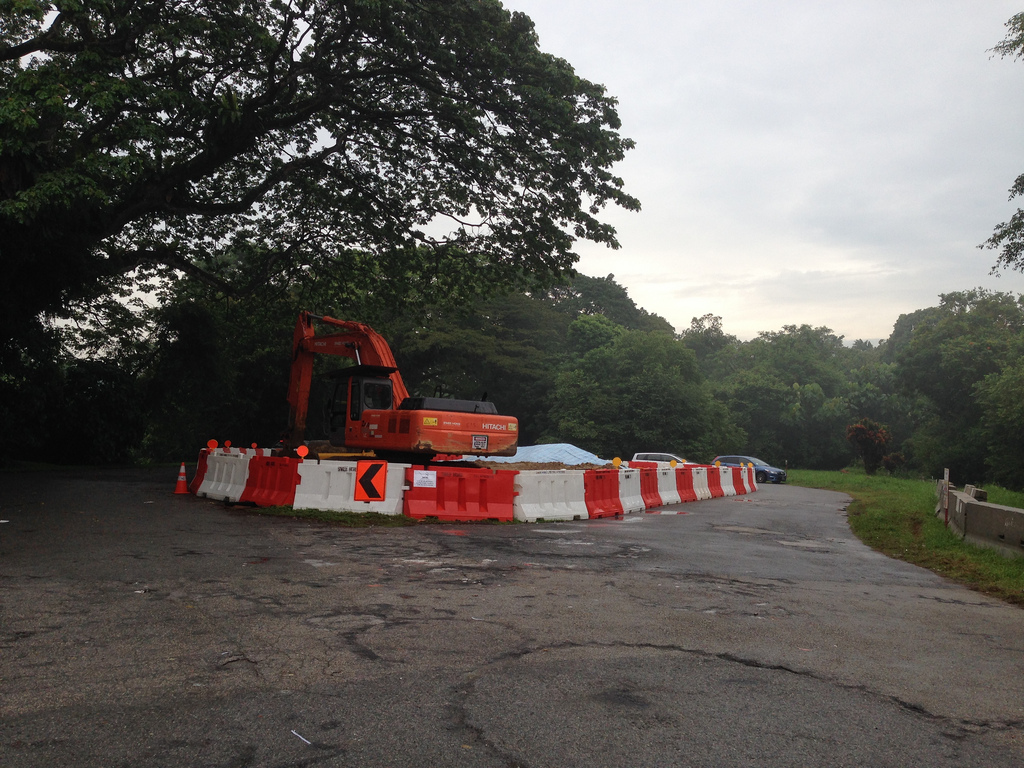
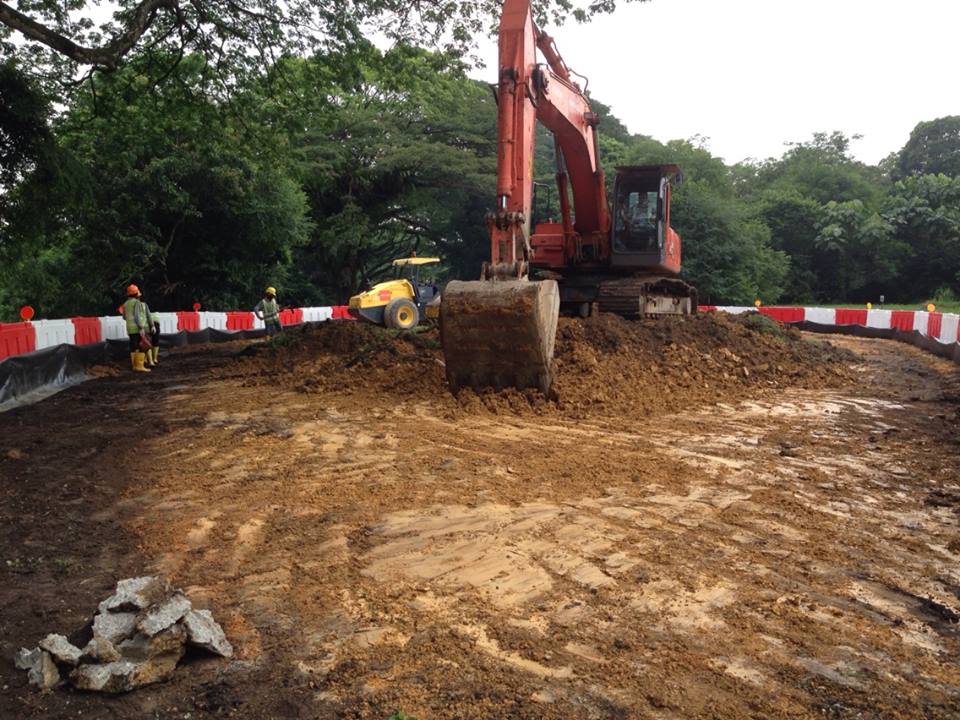
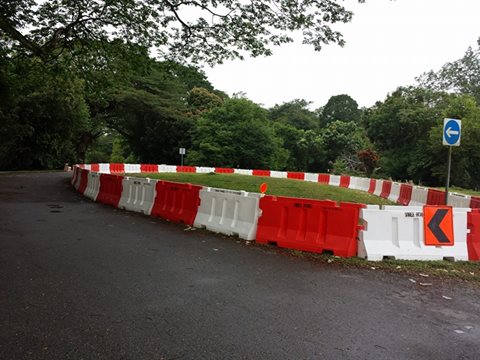

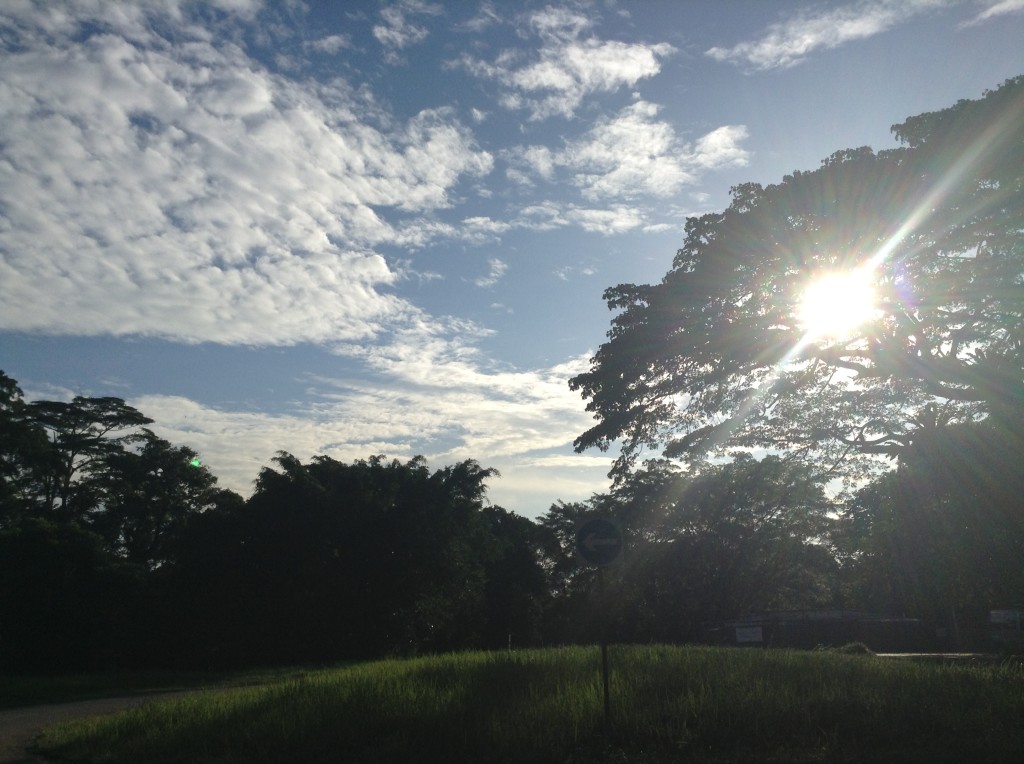
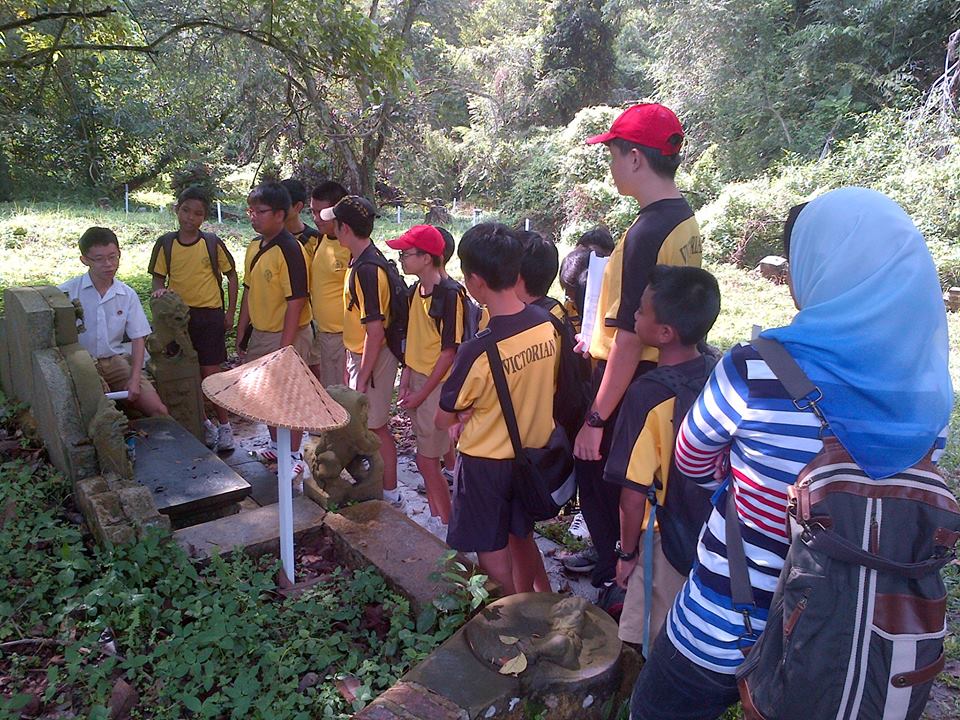
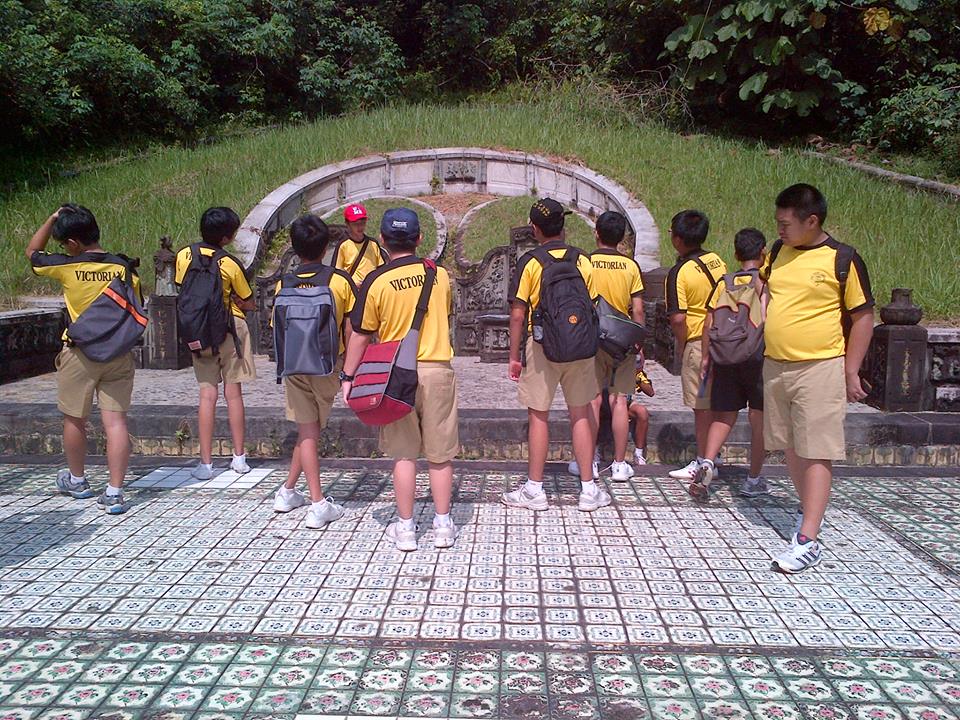

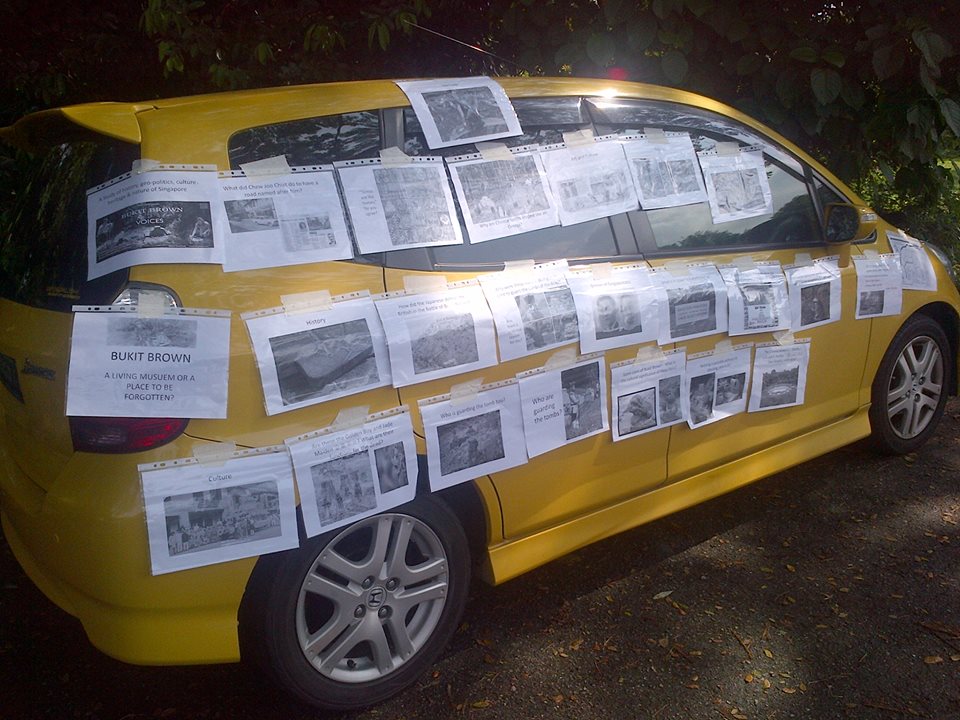

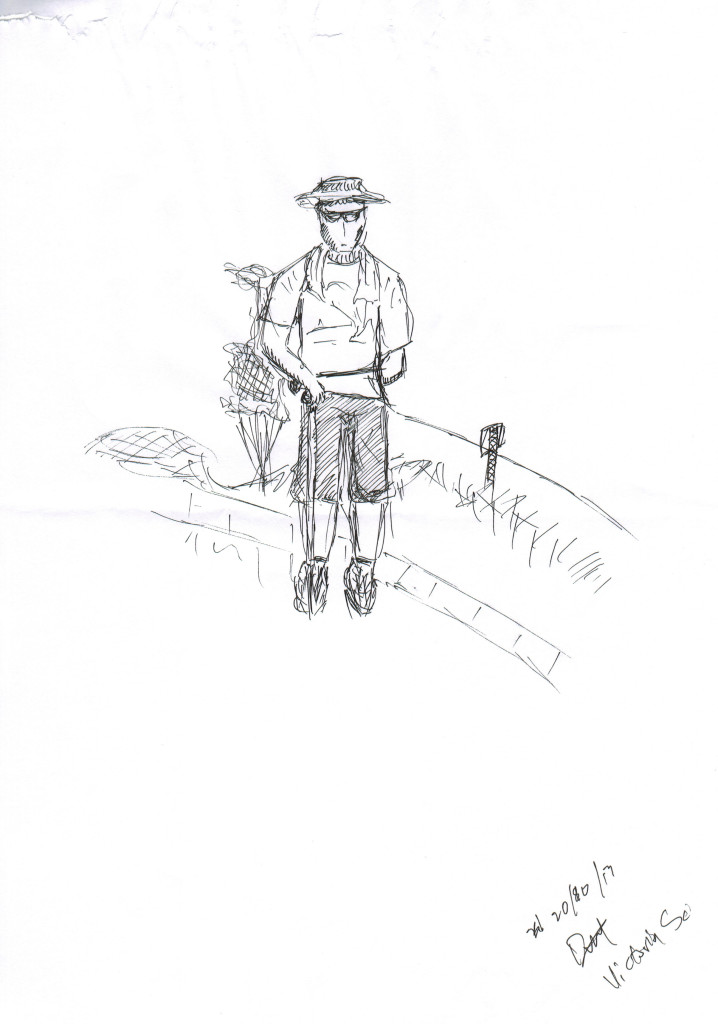
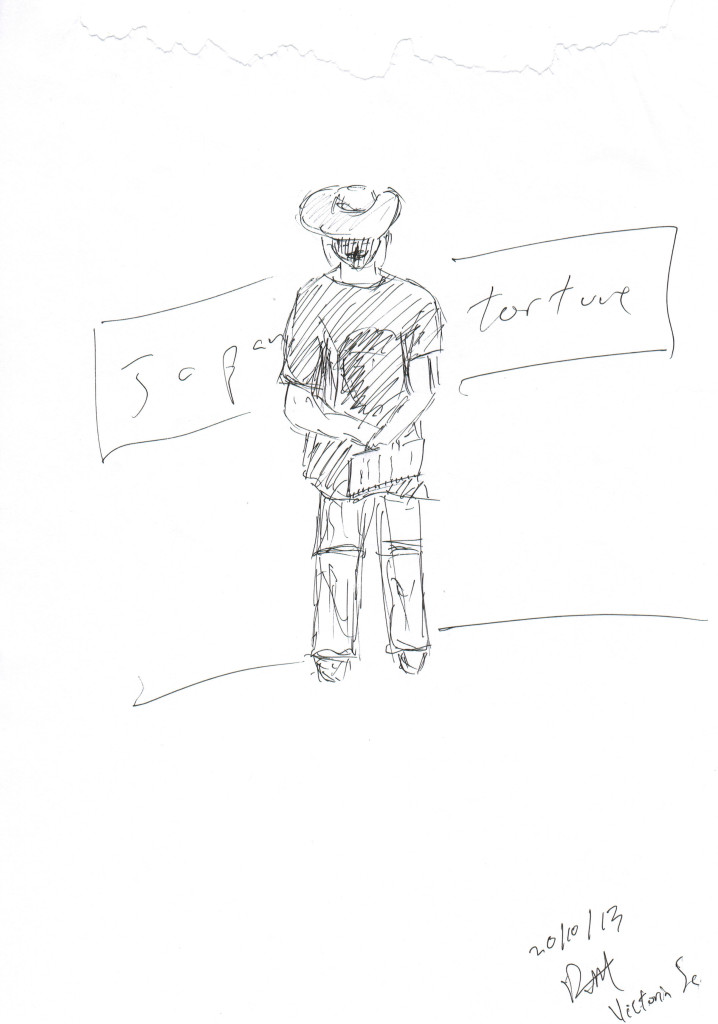


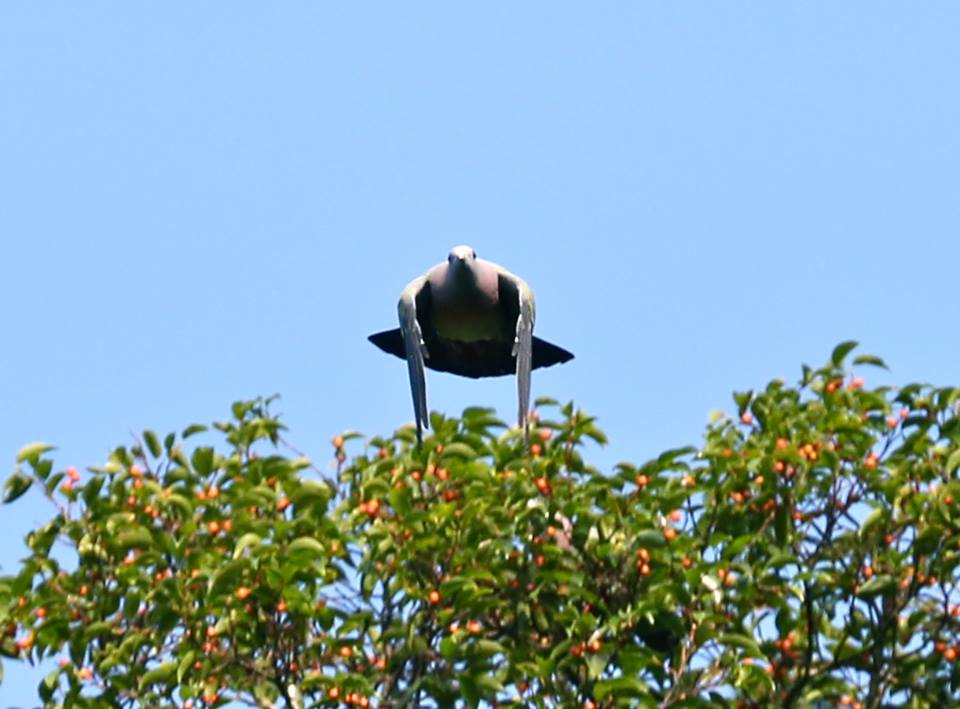
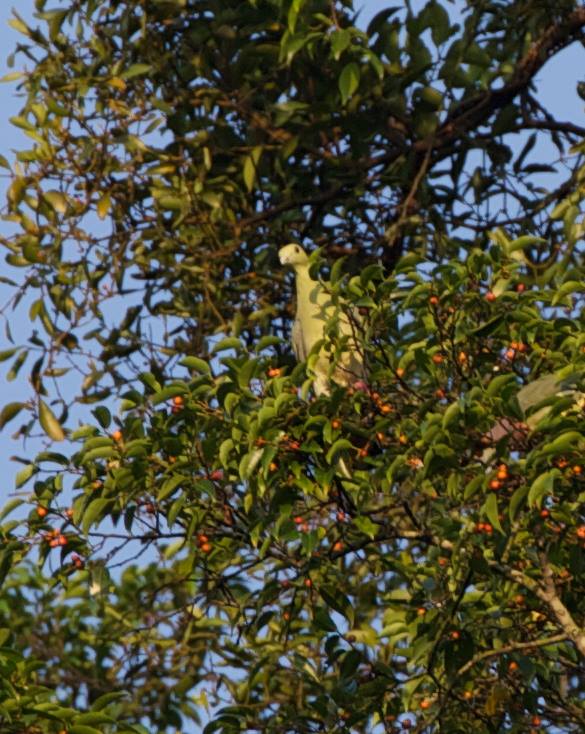
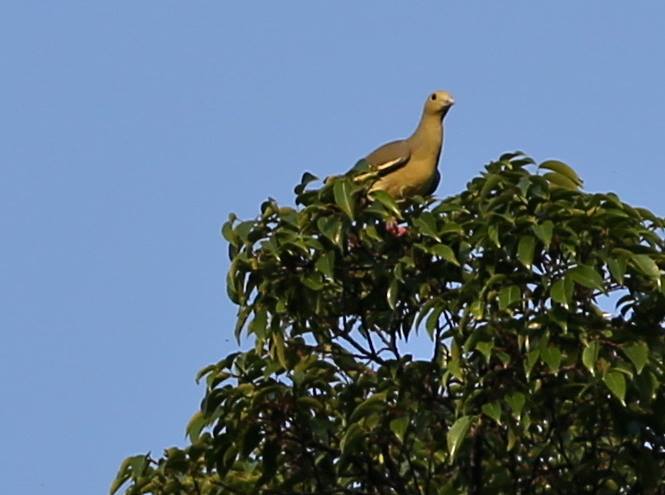

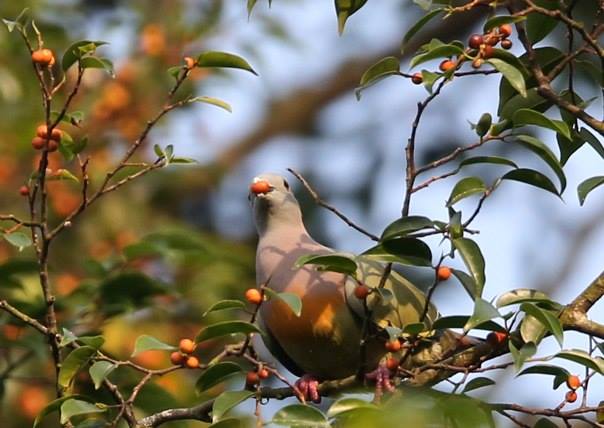
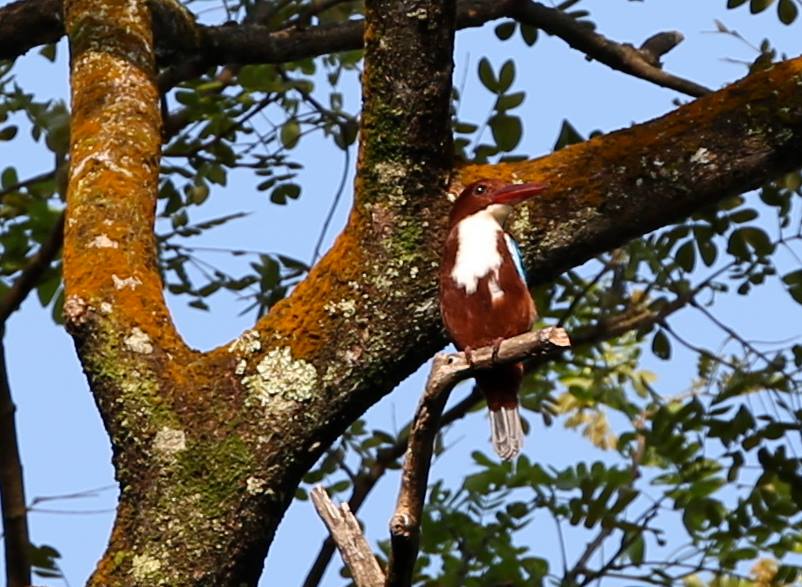


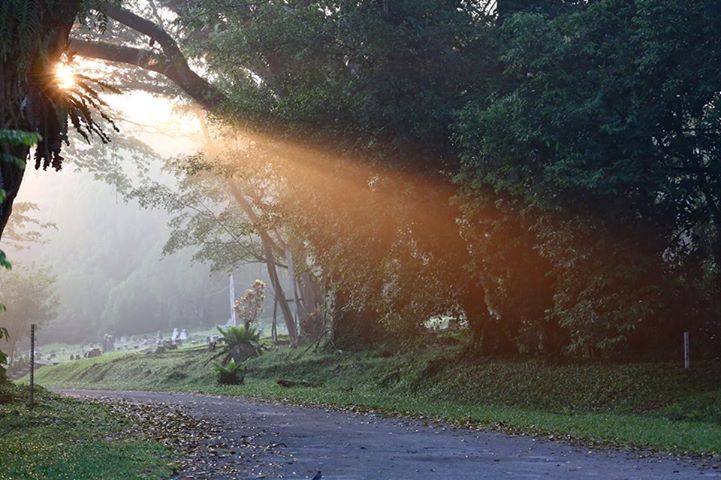
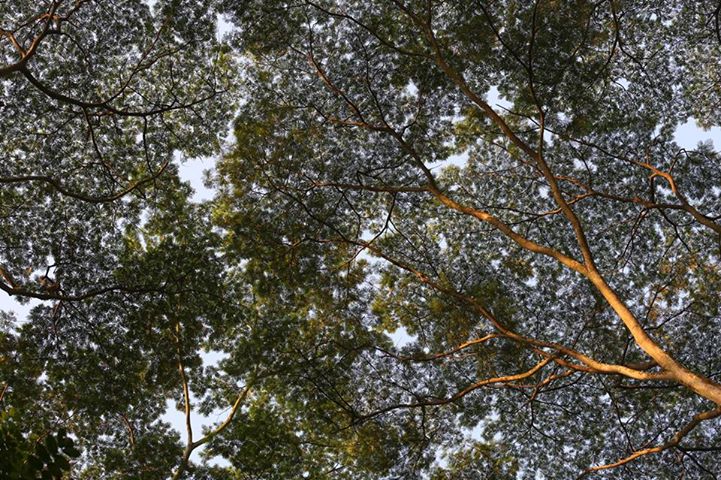
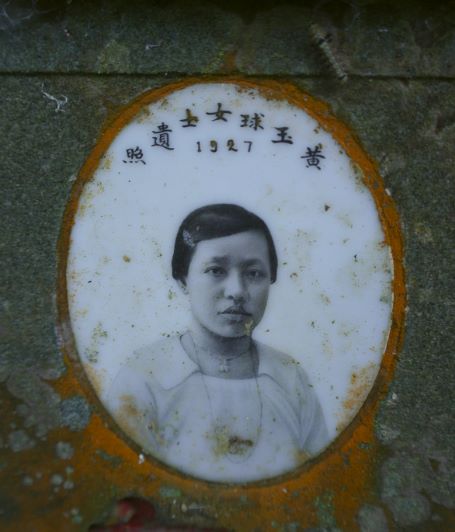
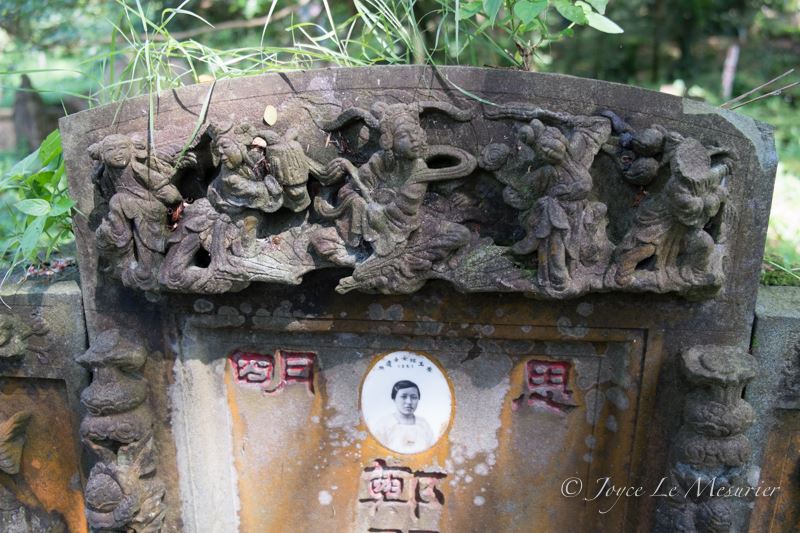
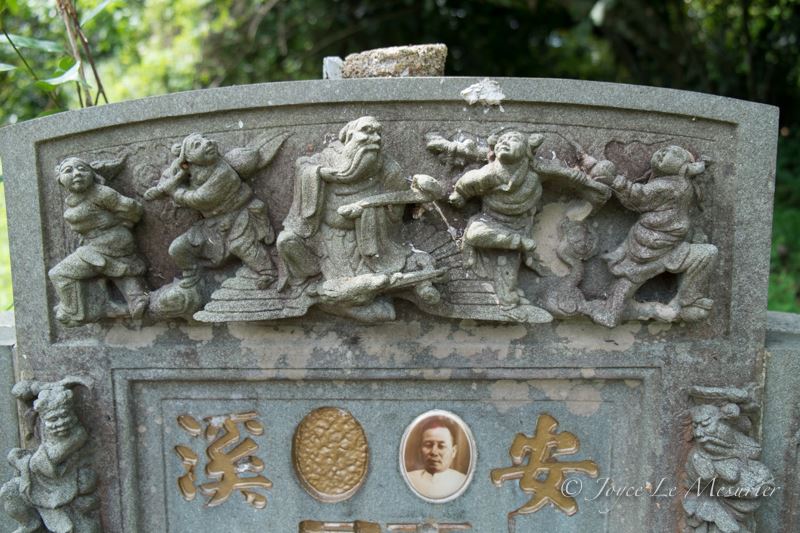
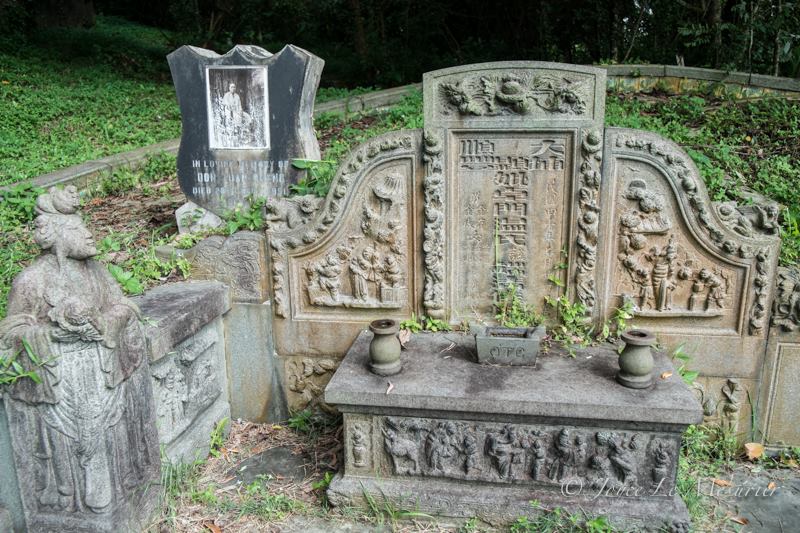
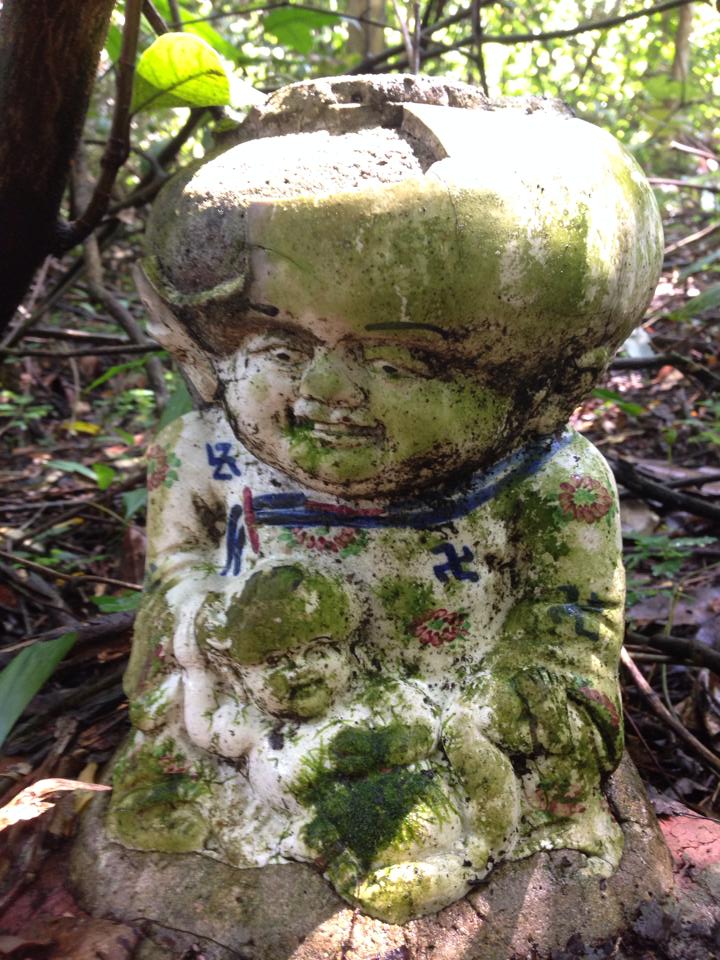

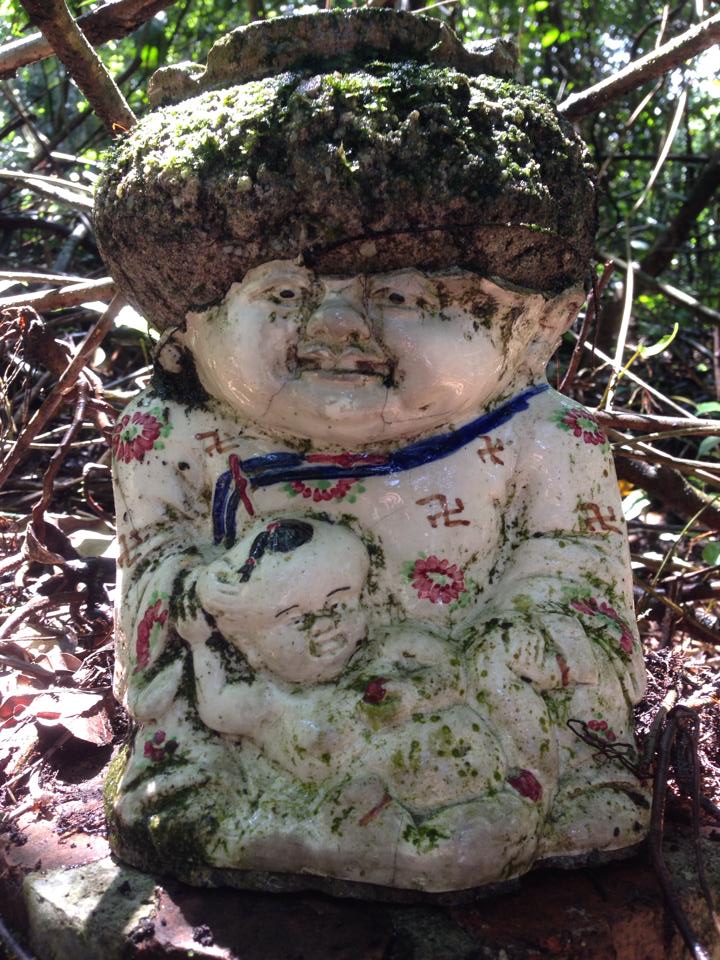
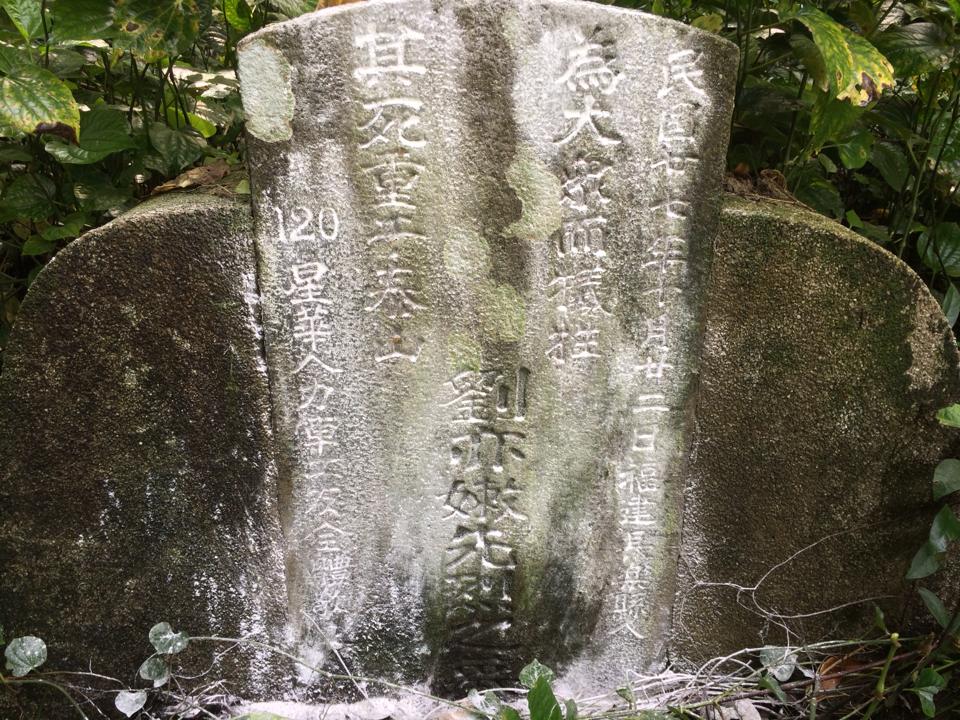
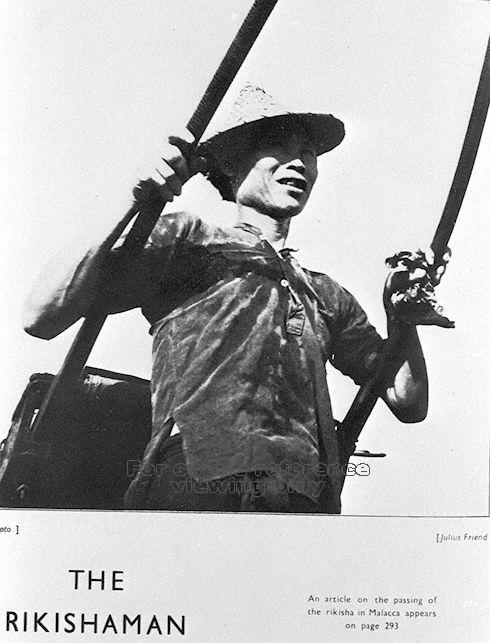
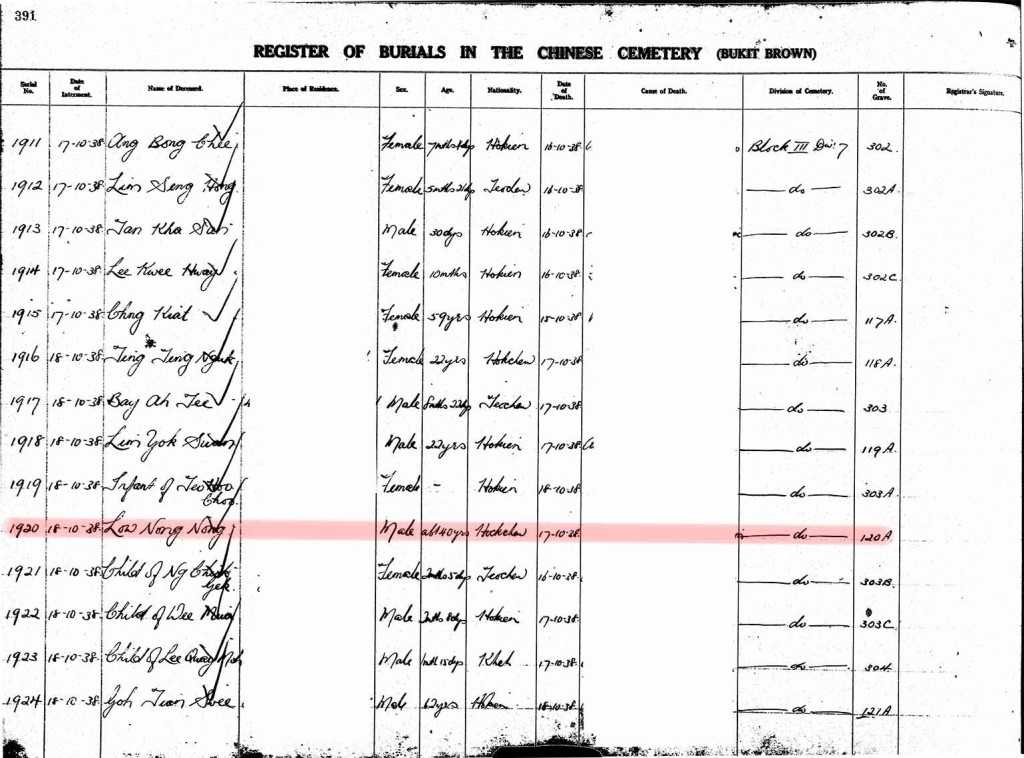
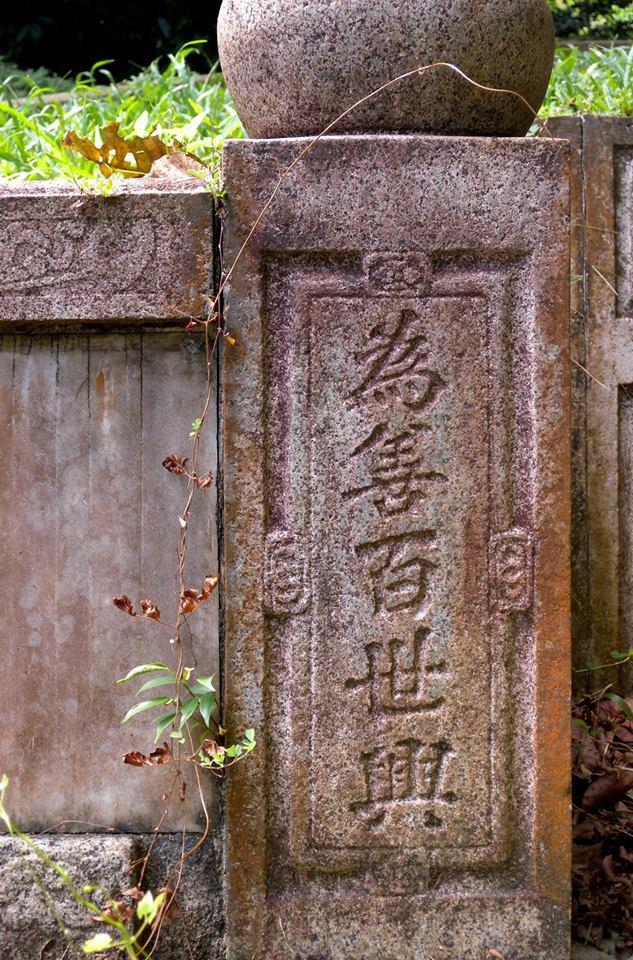
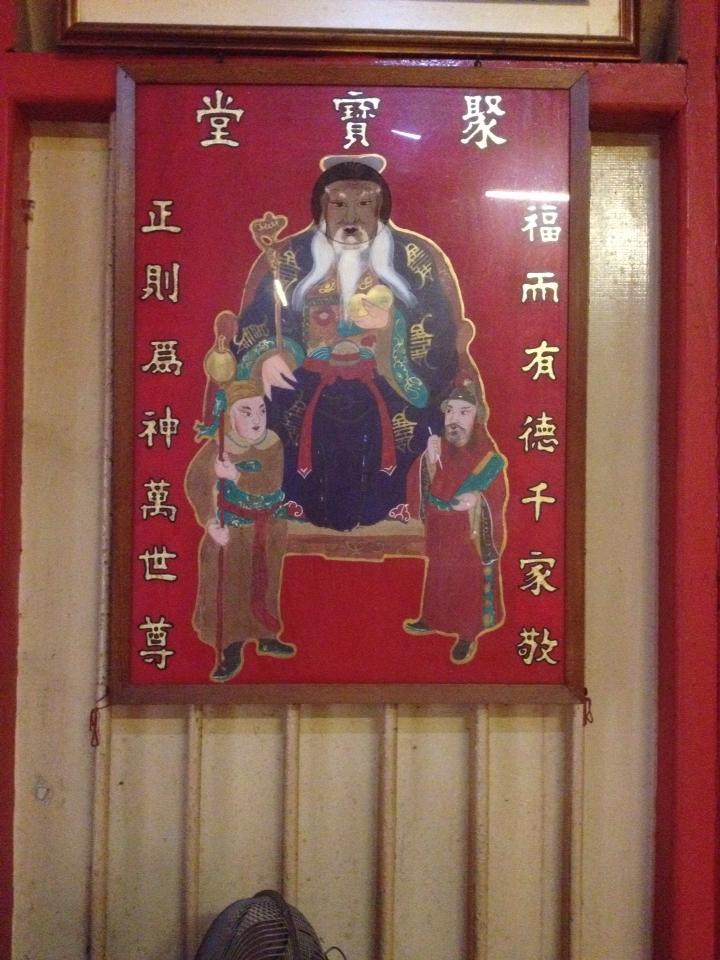



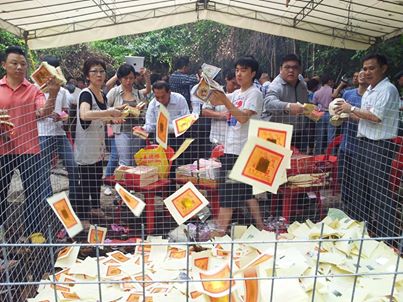
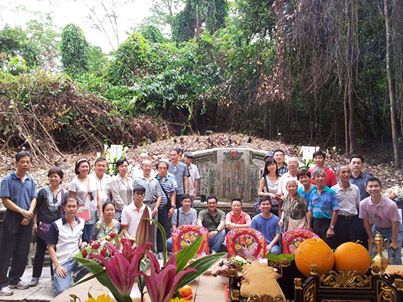
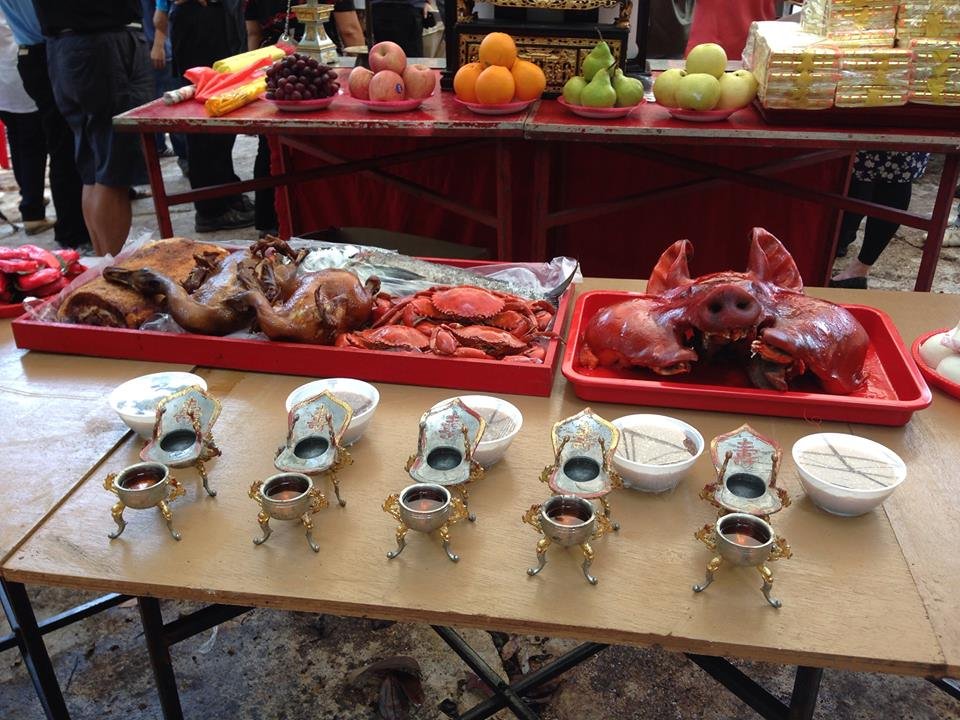
Recent Comments